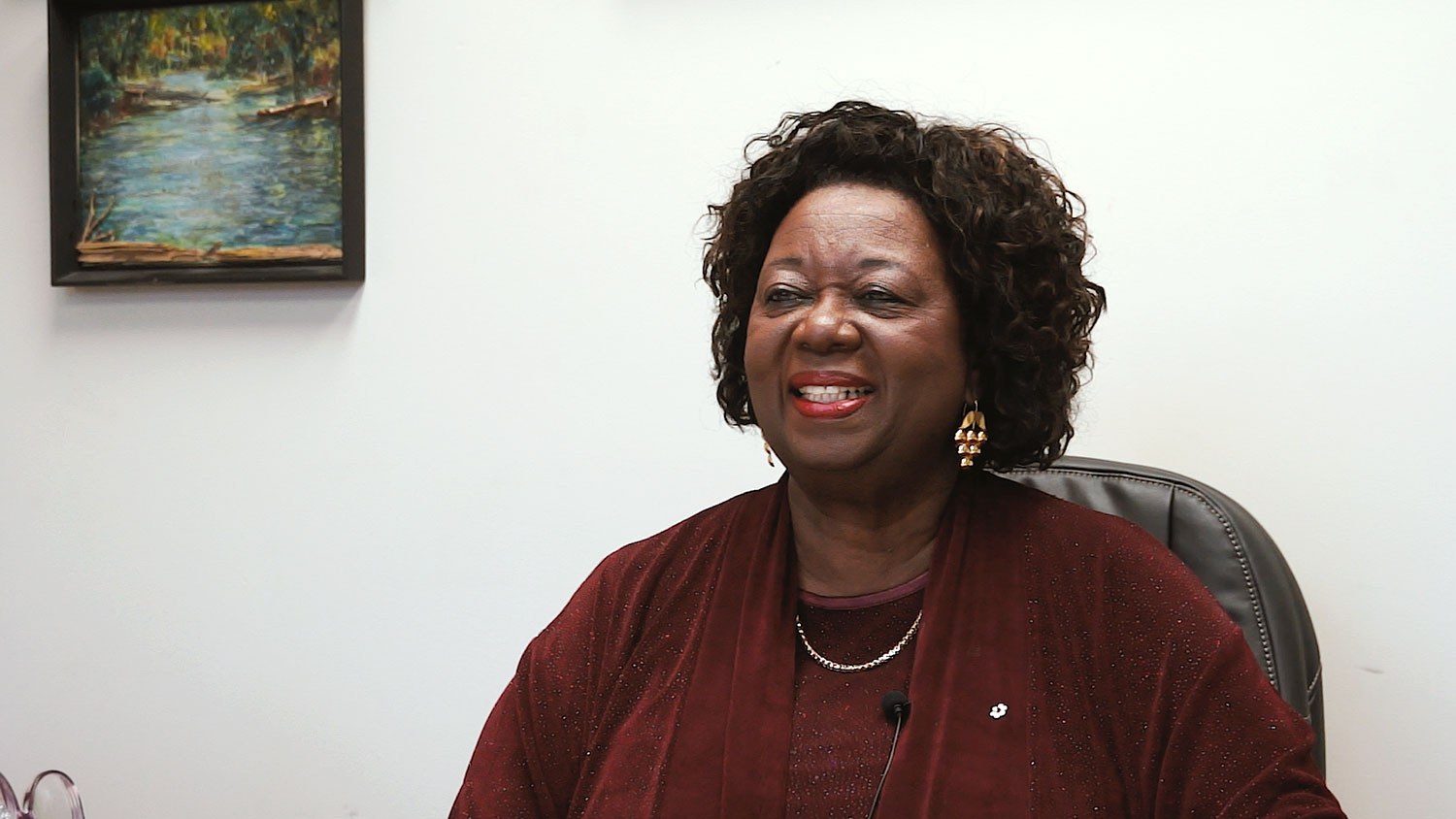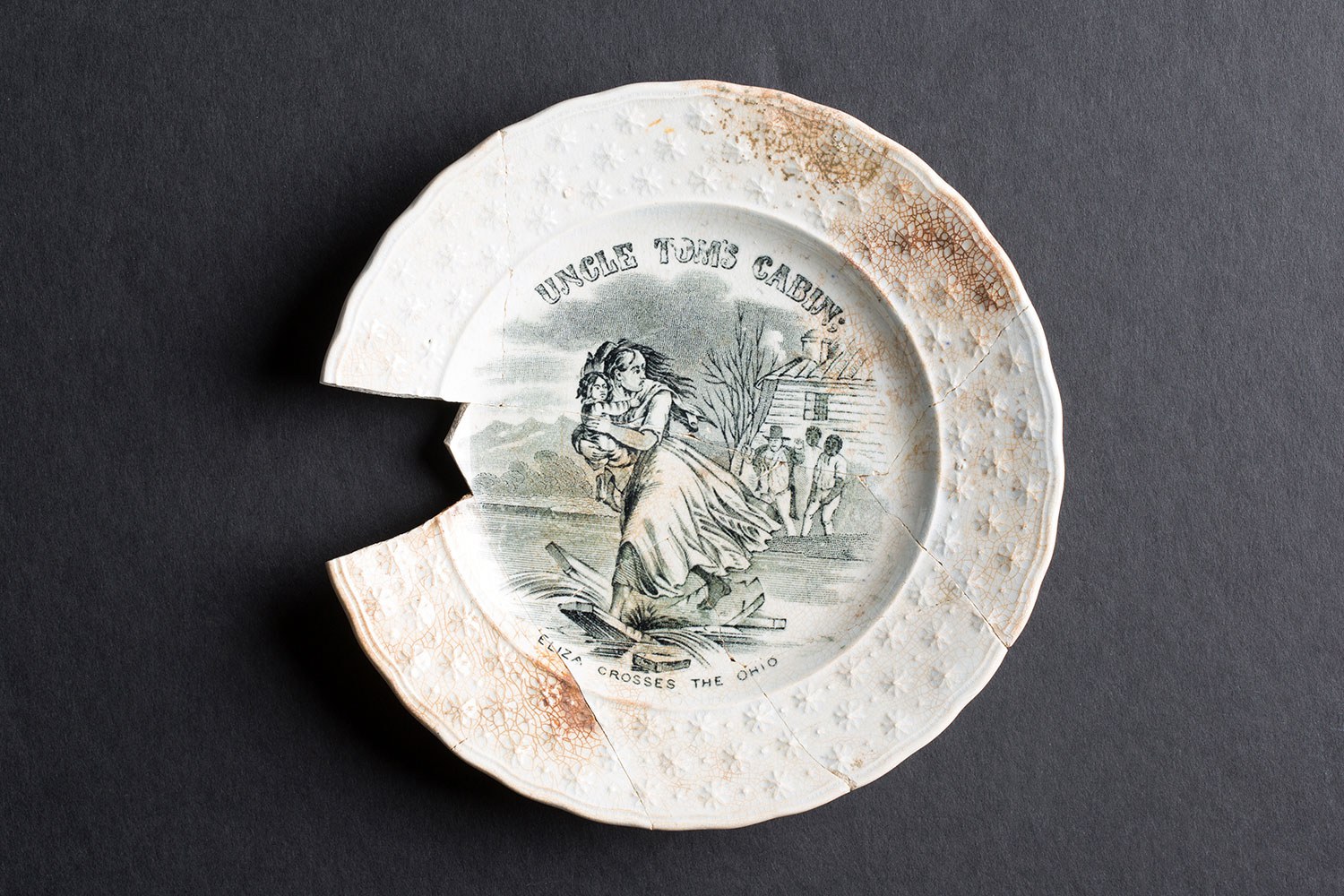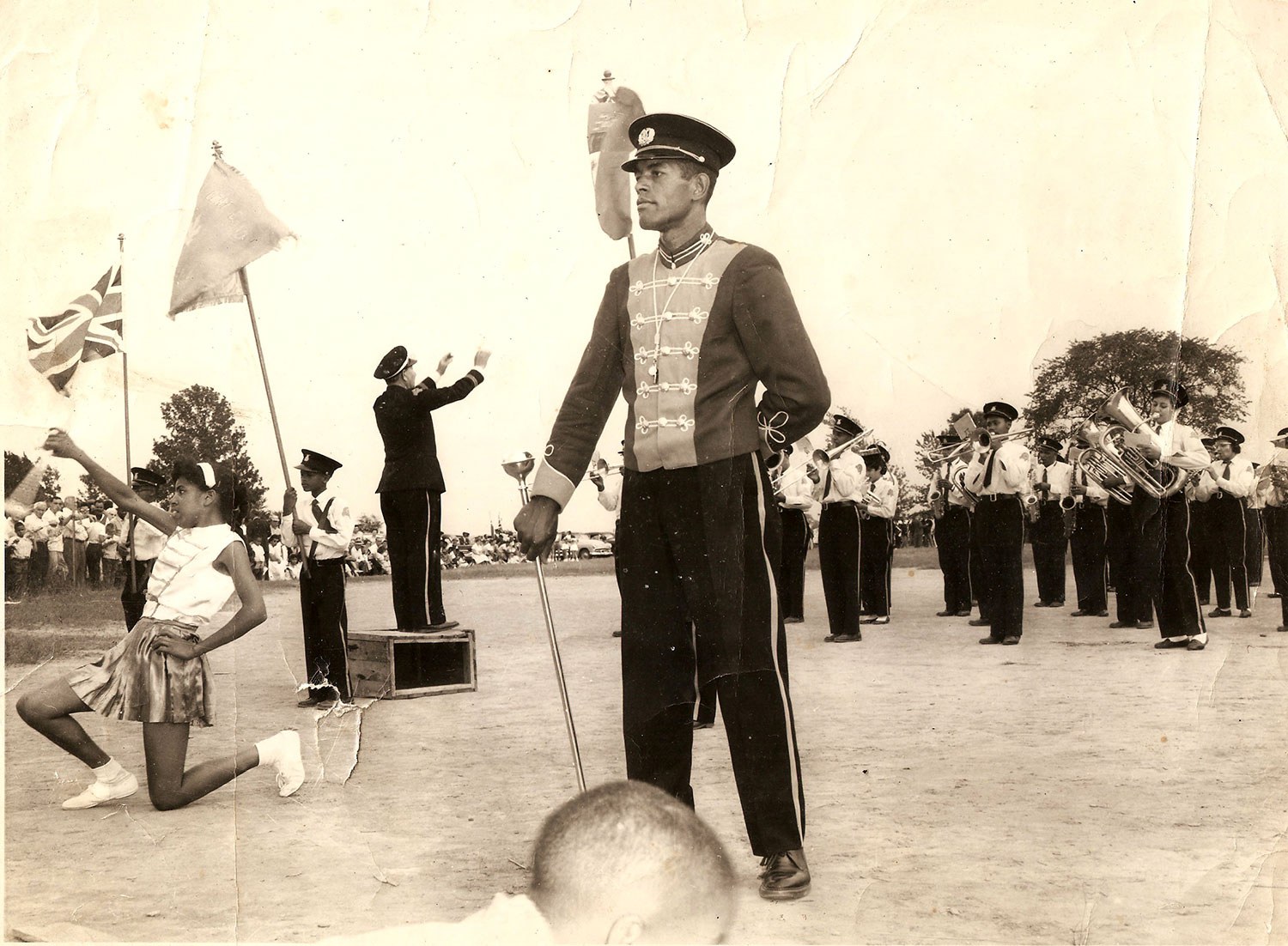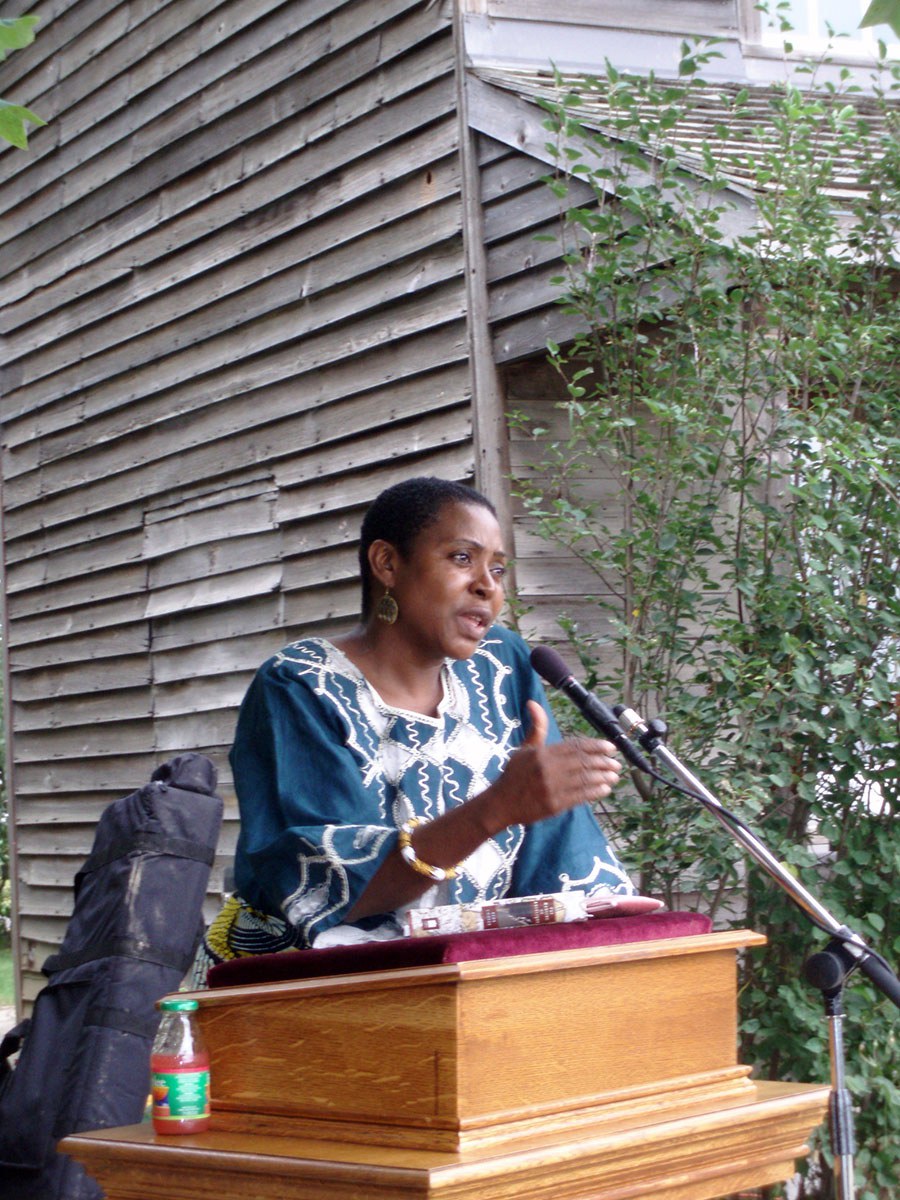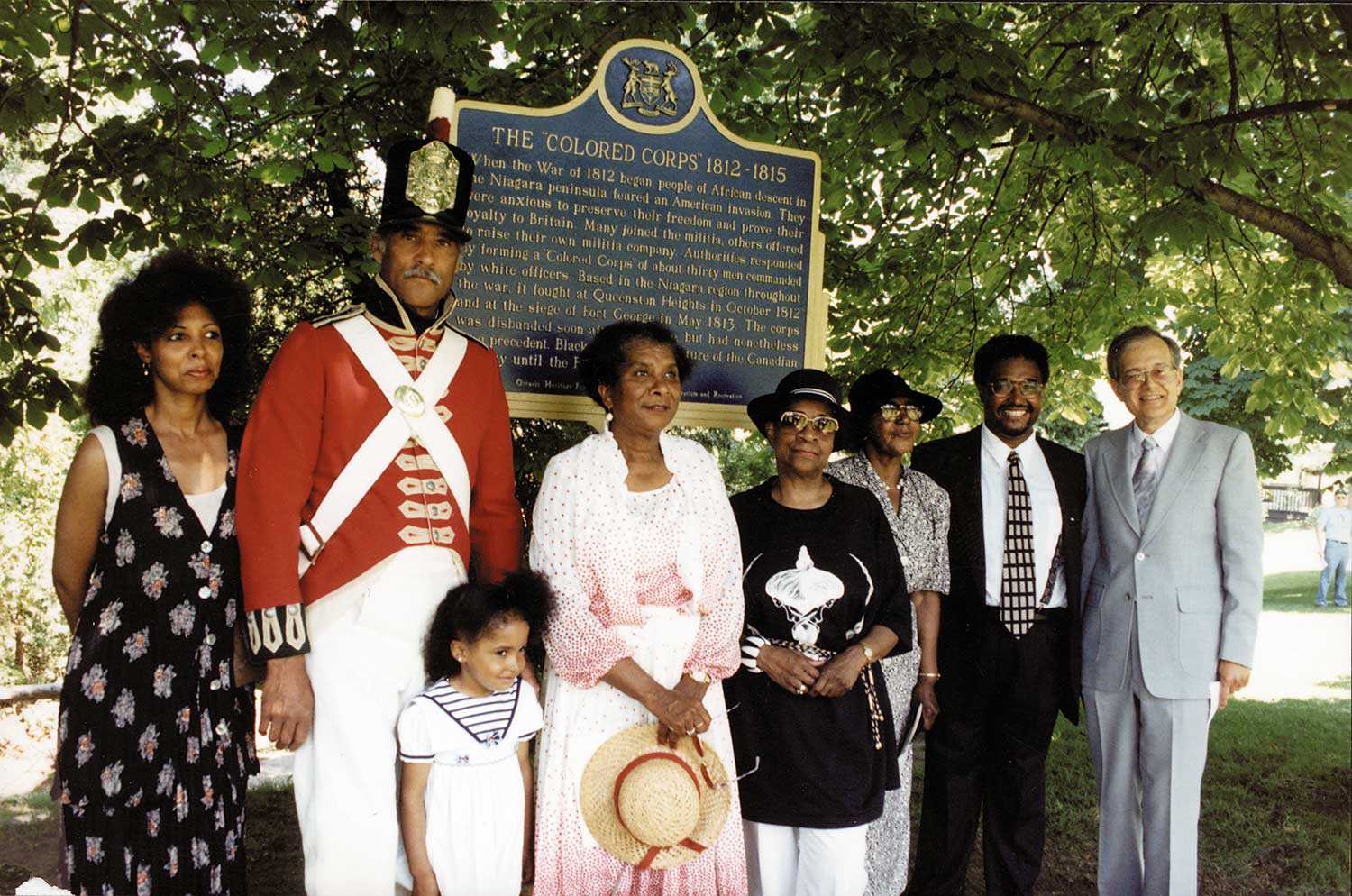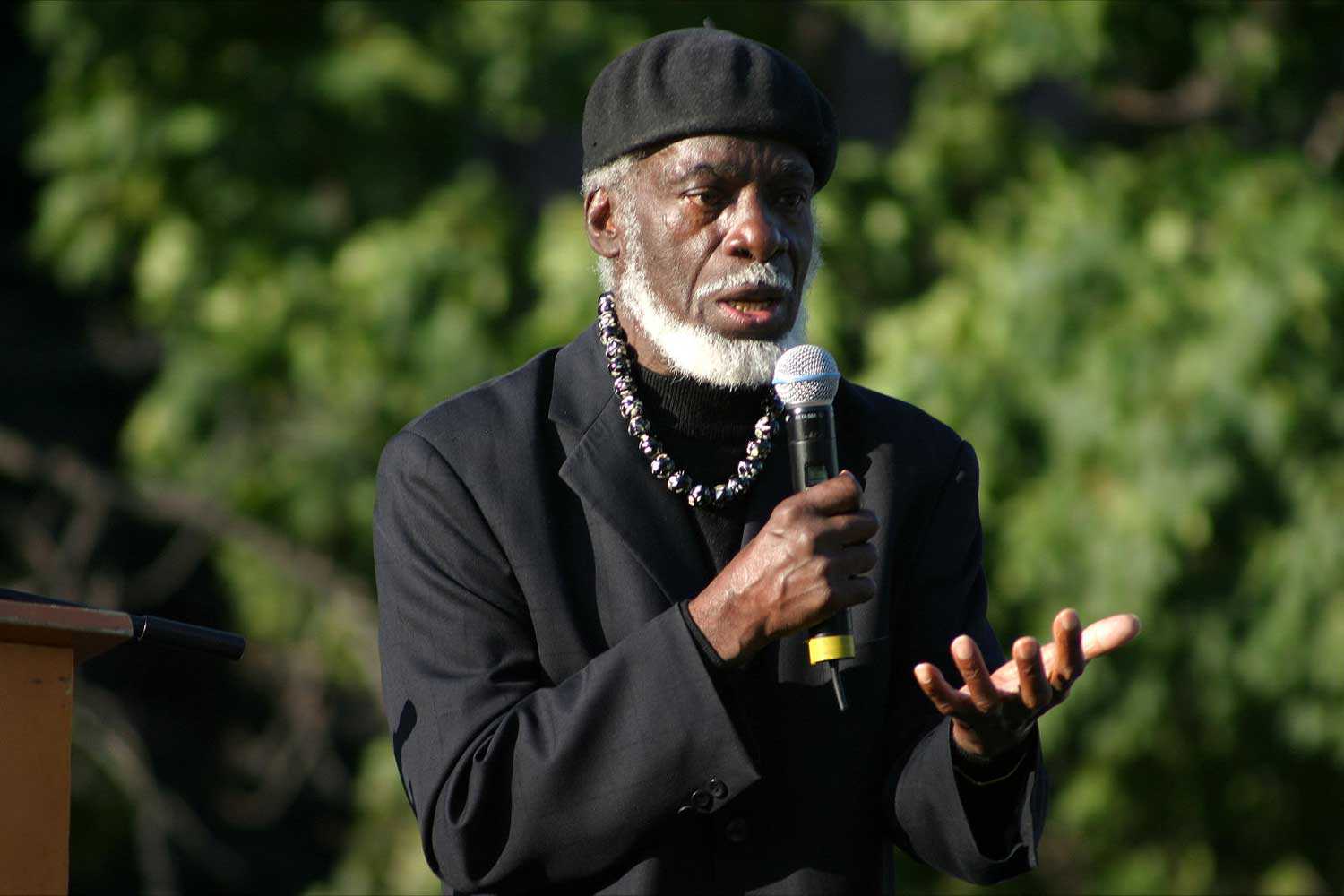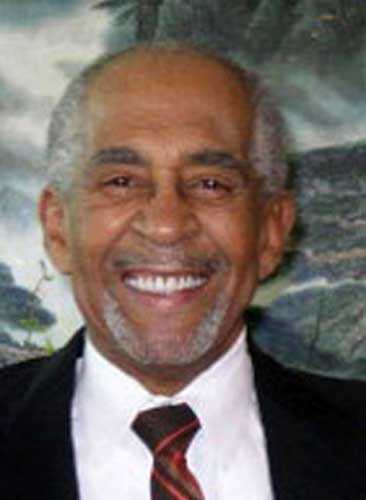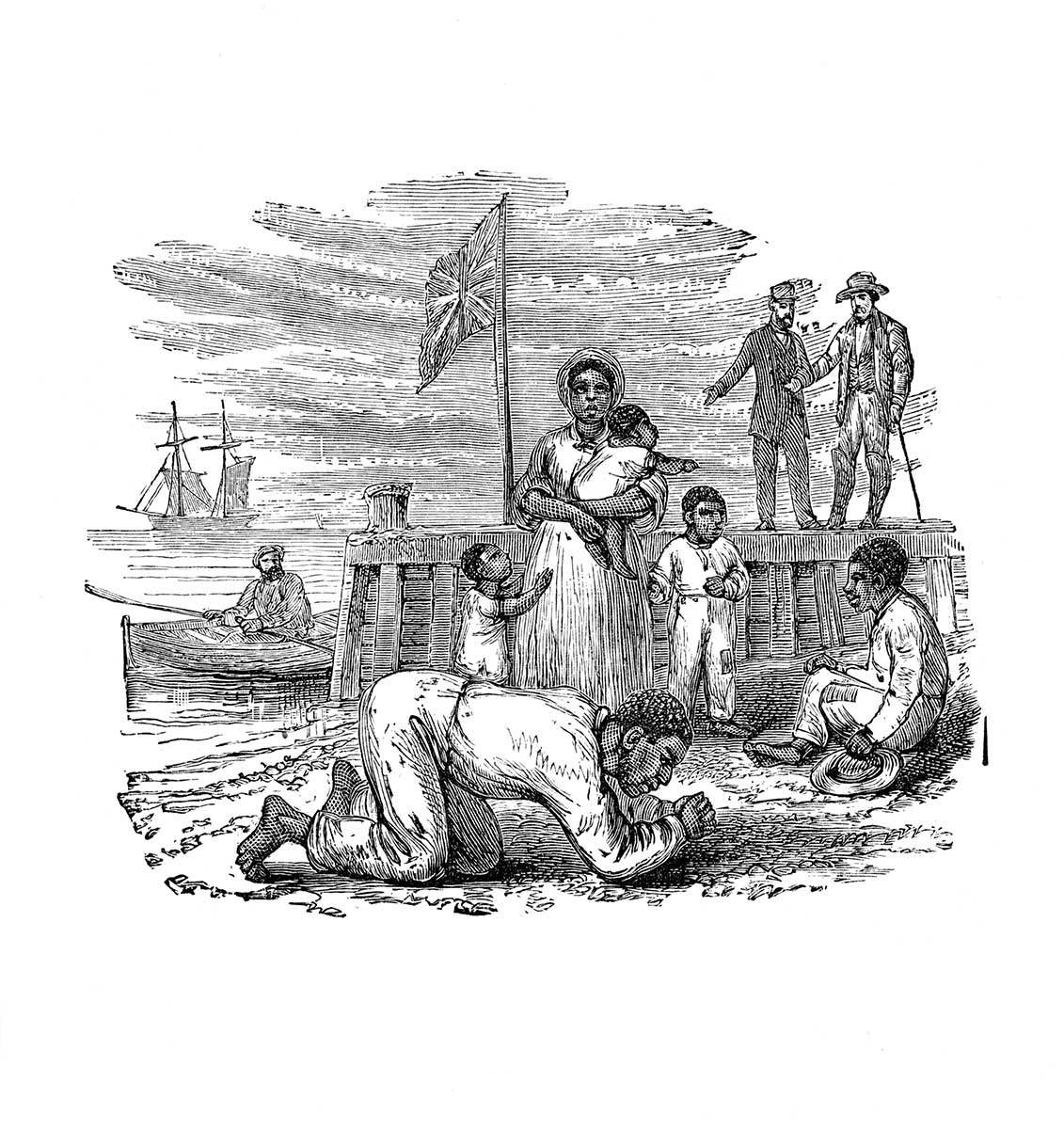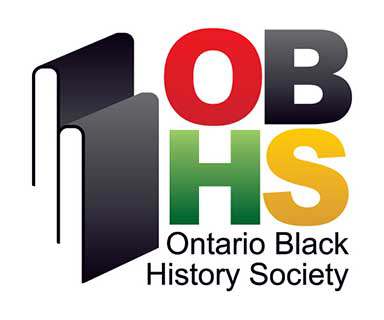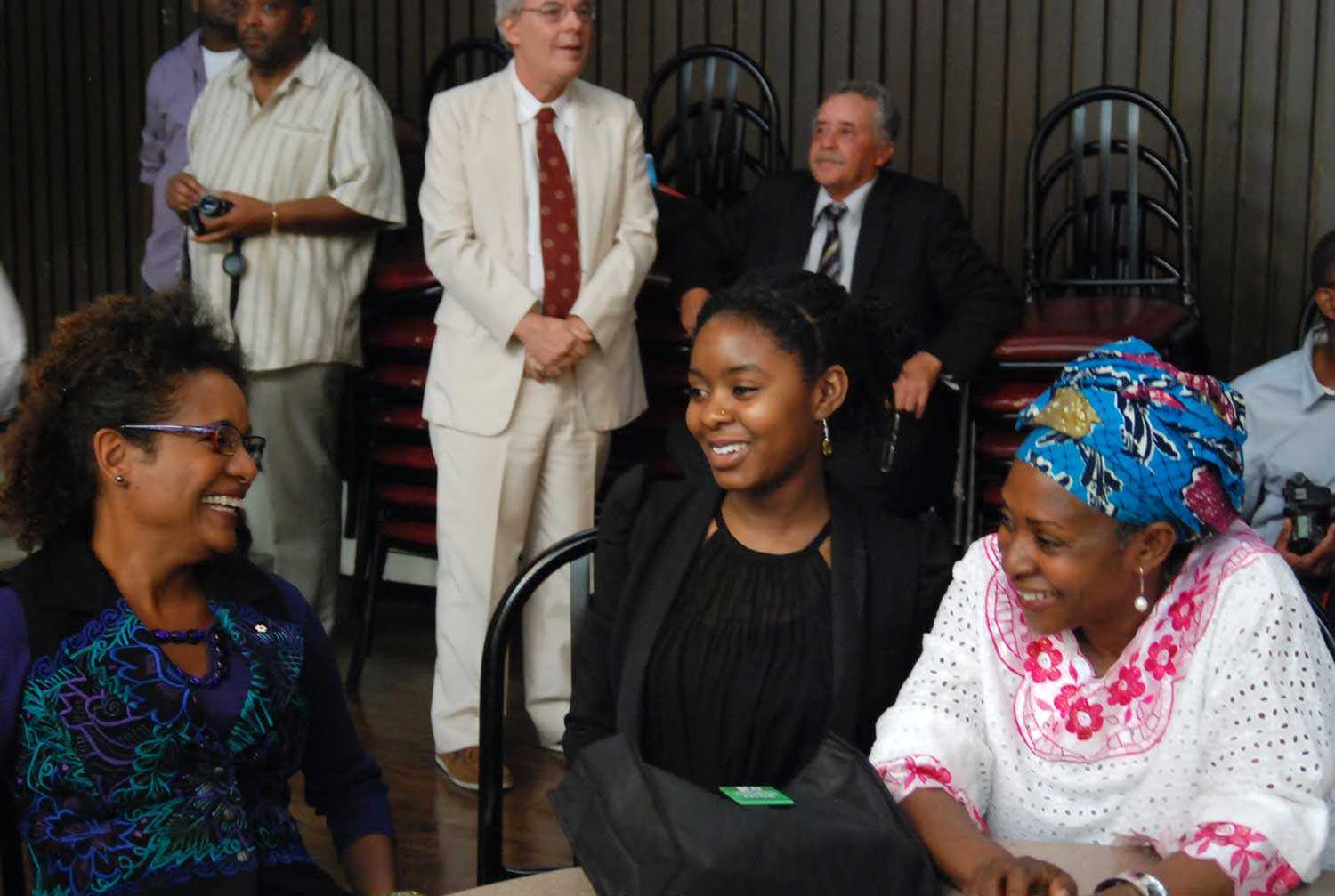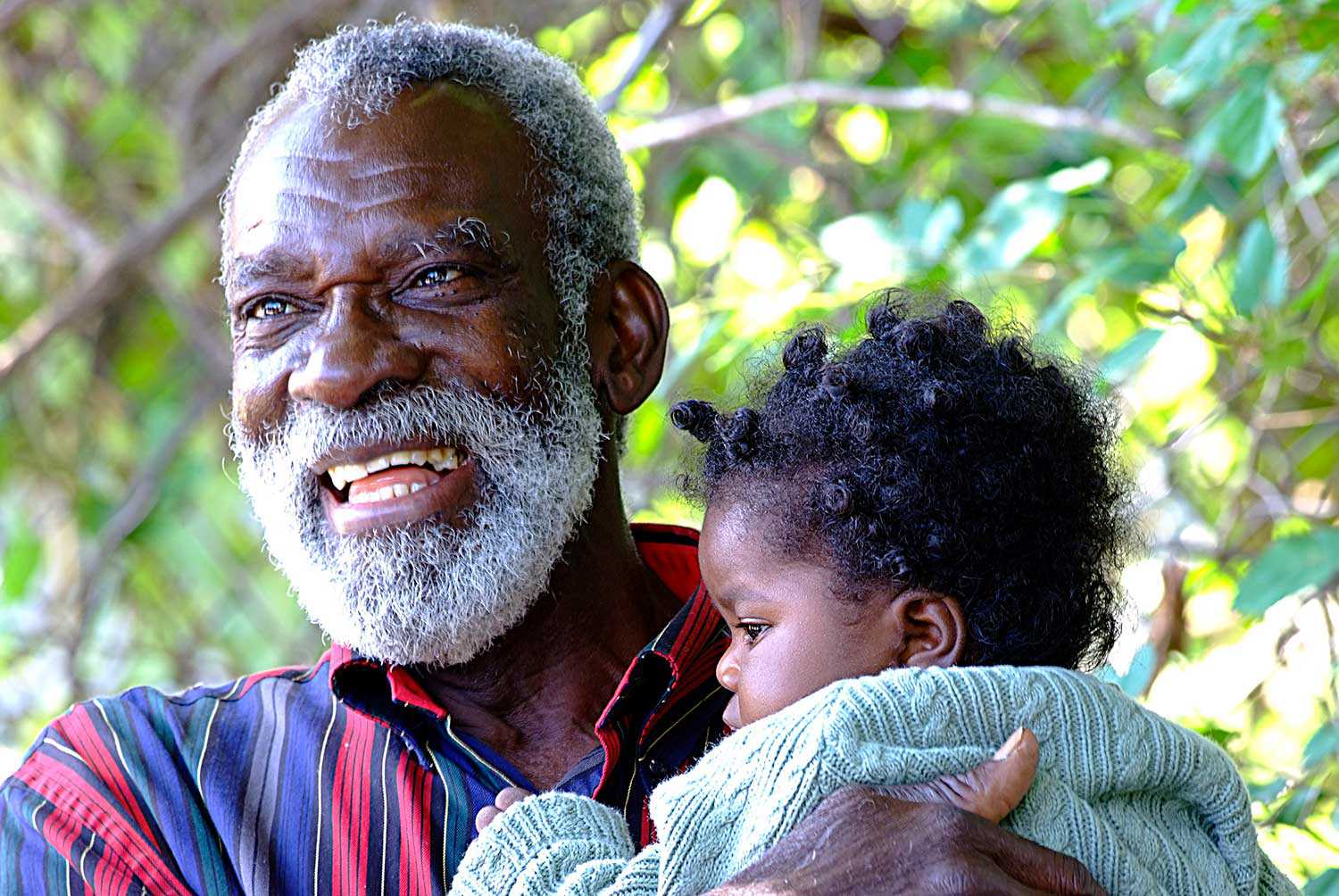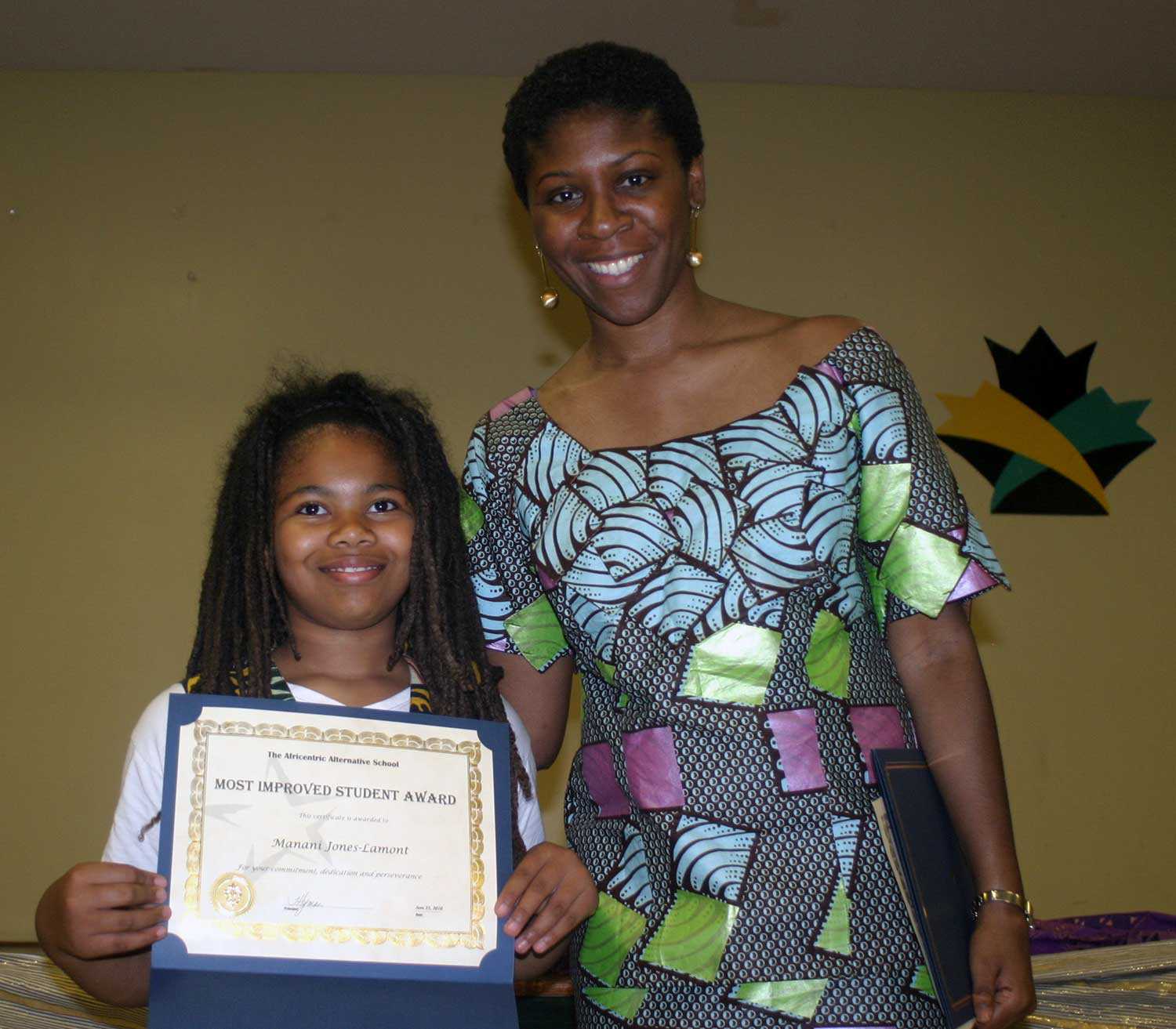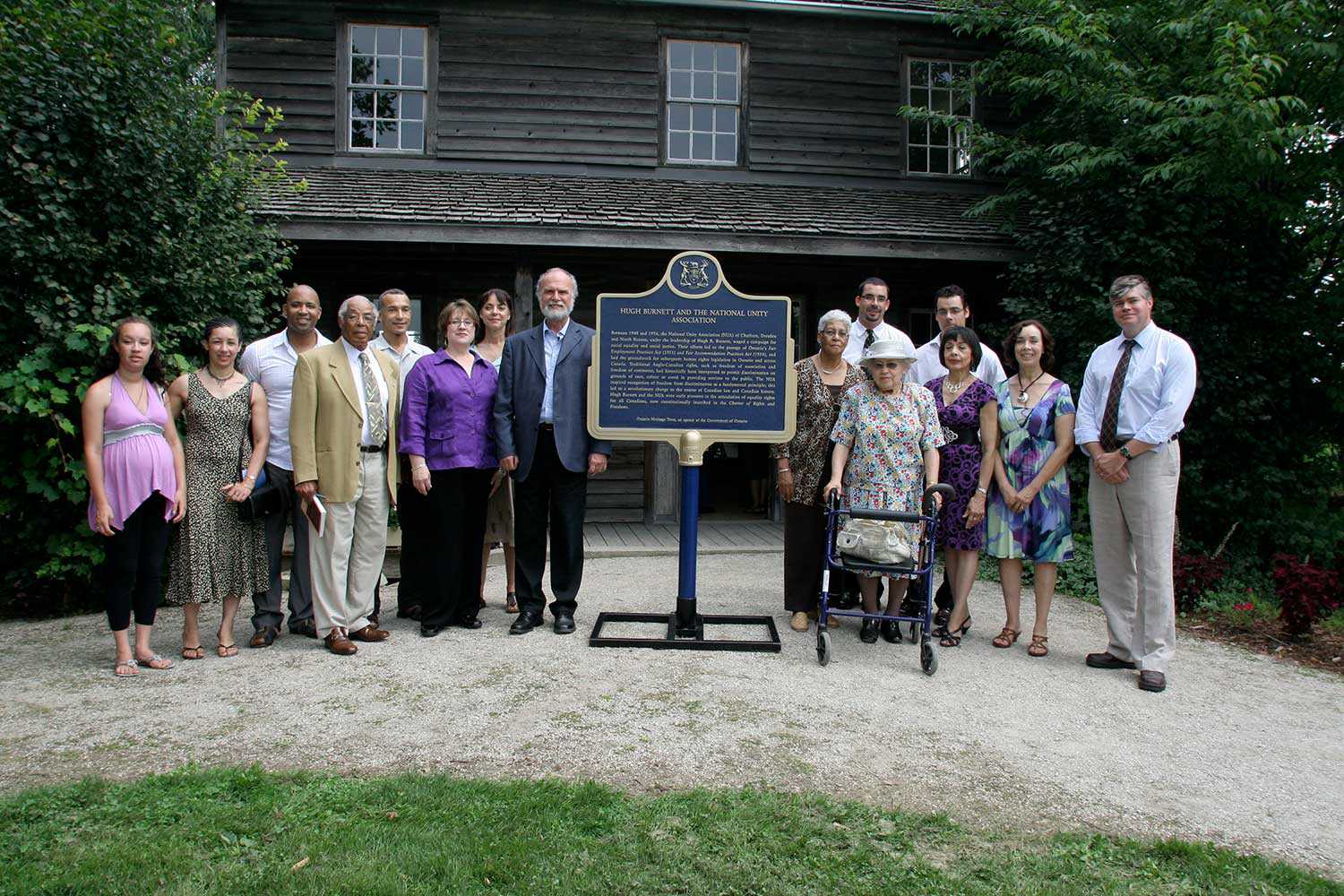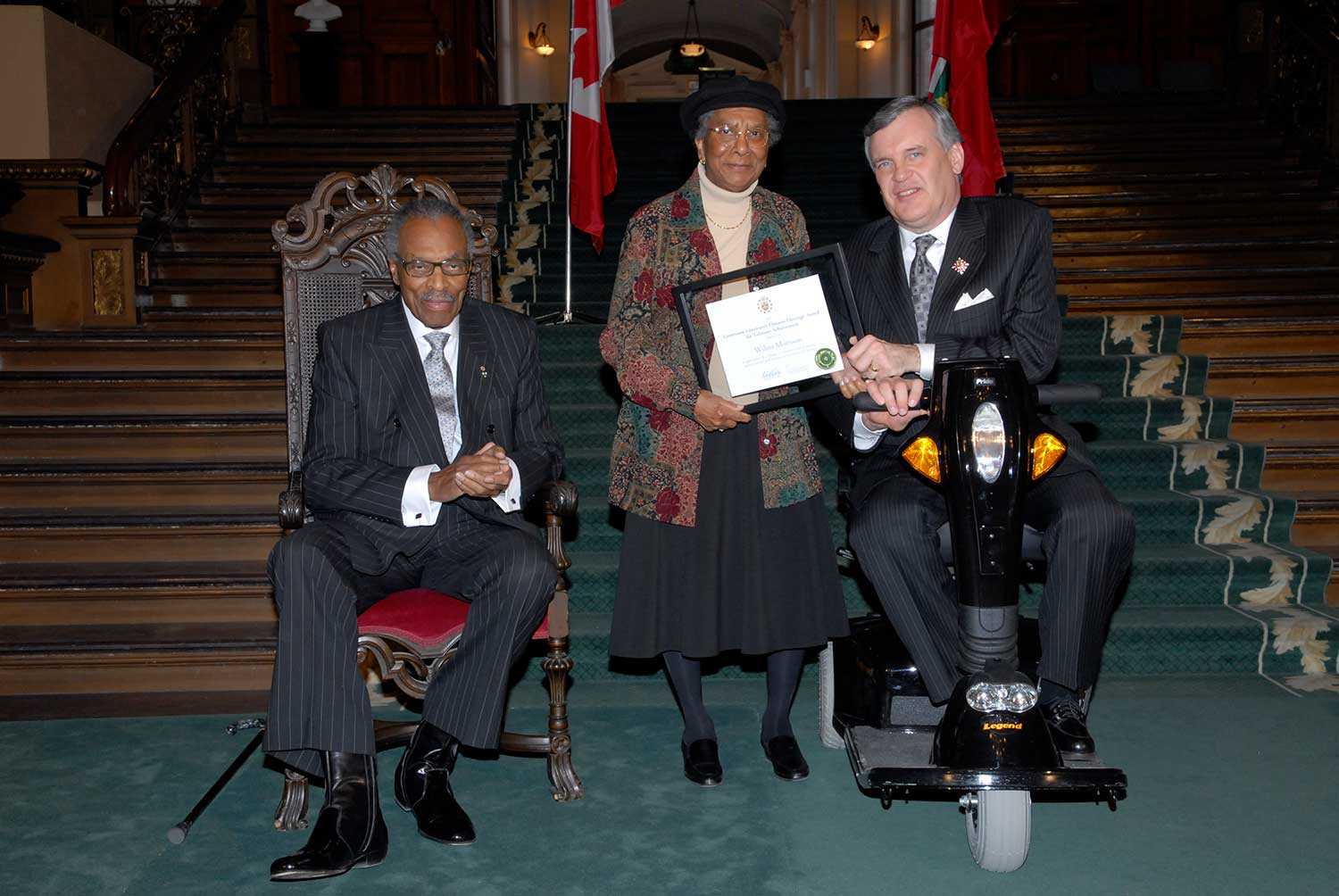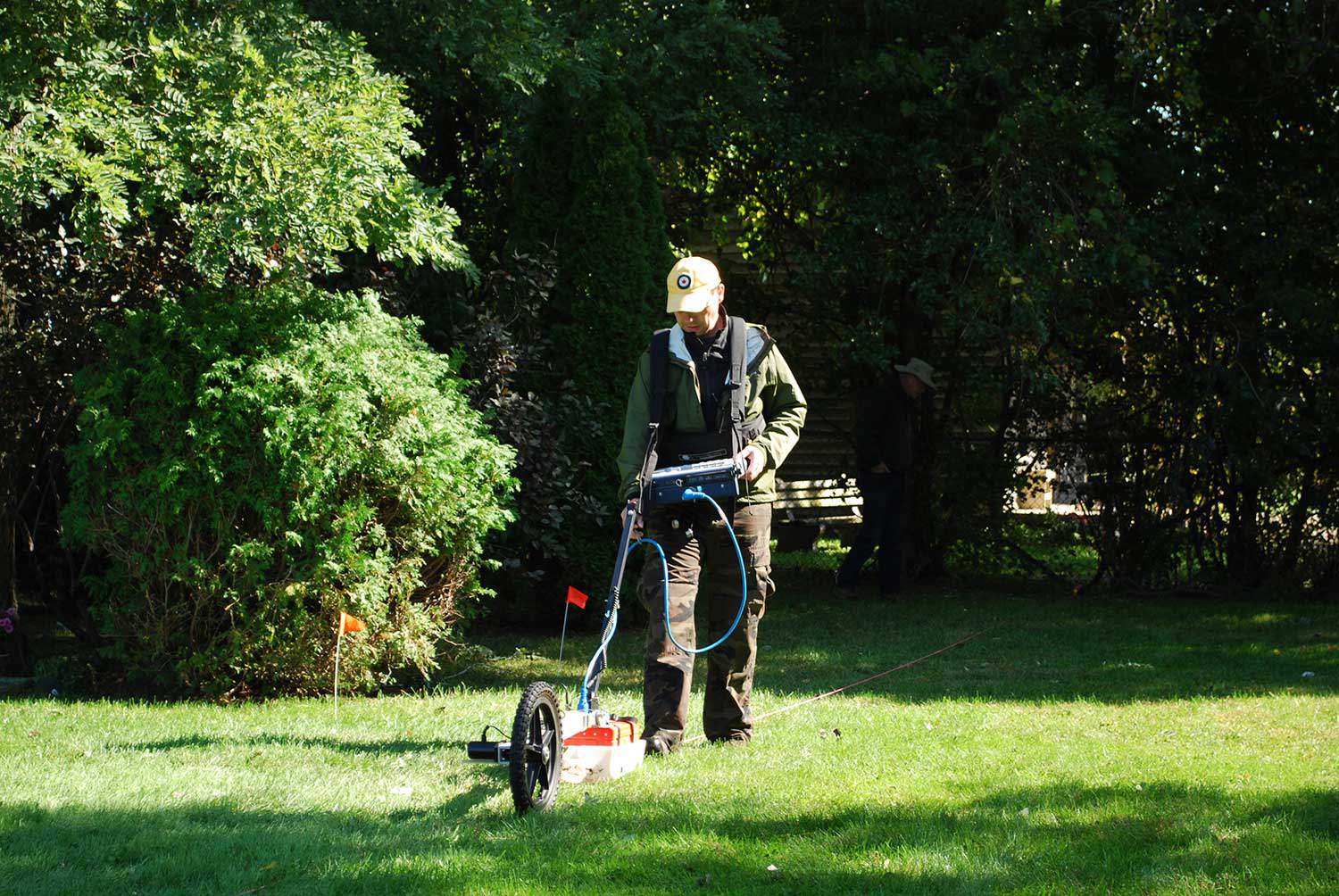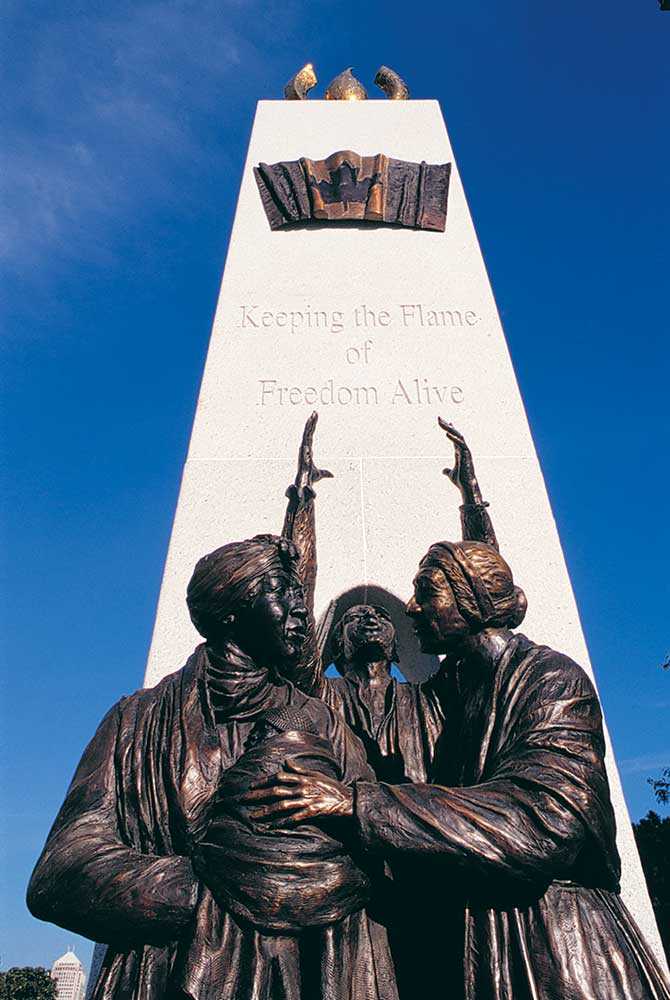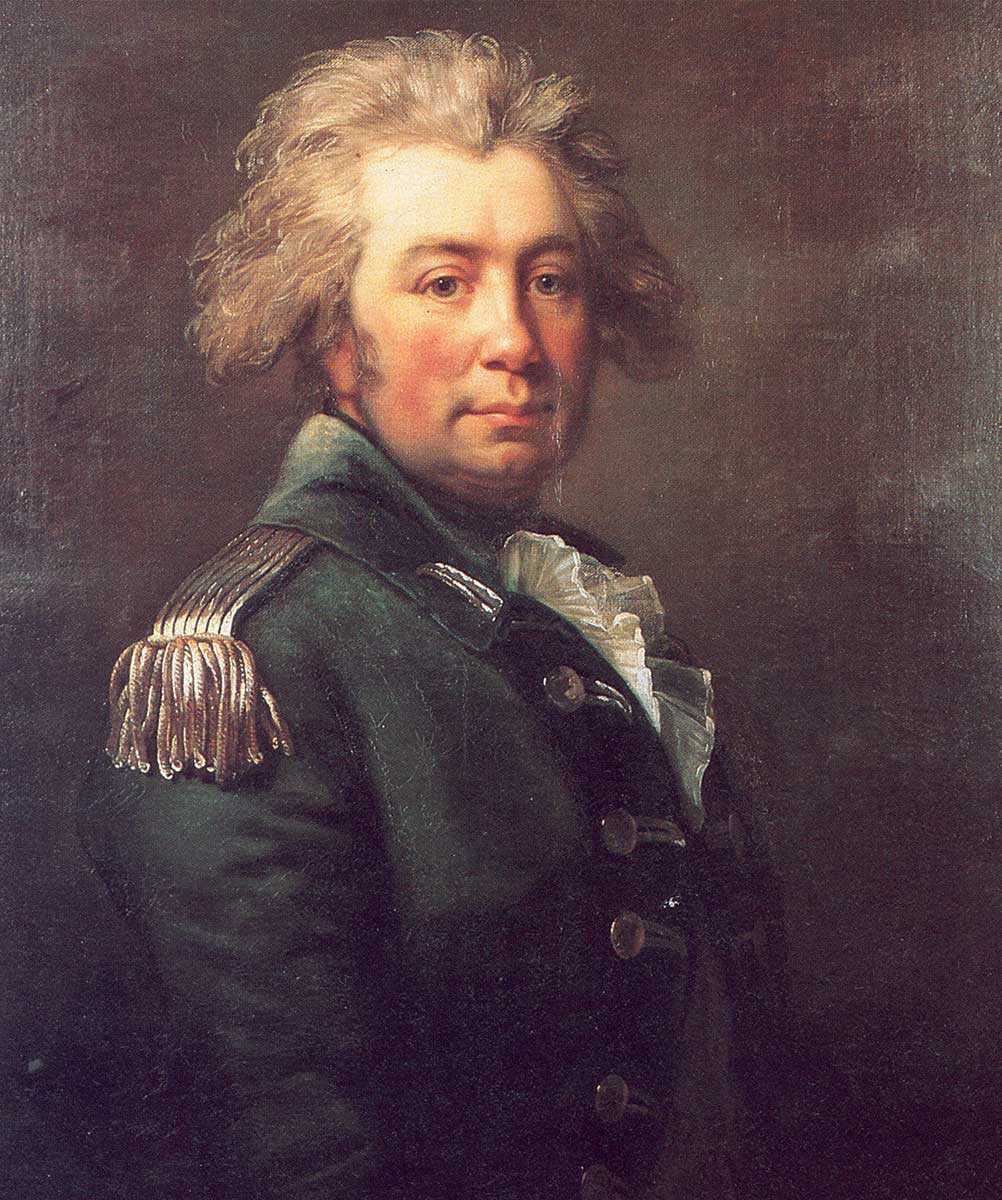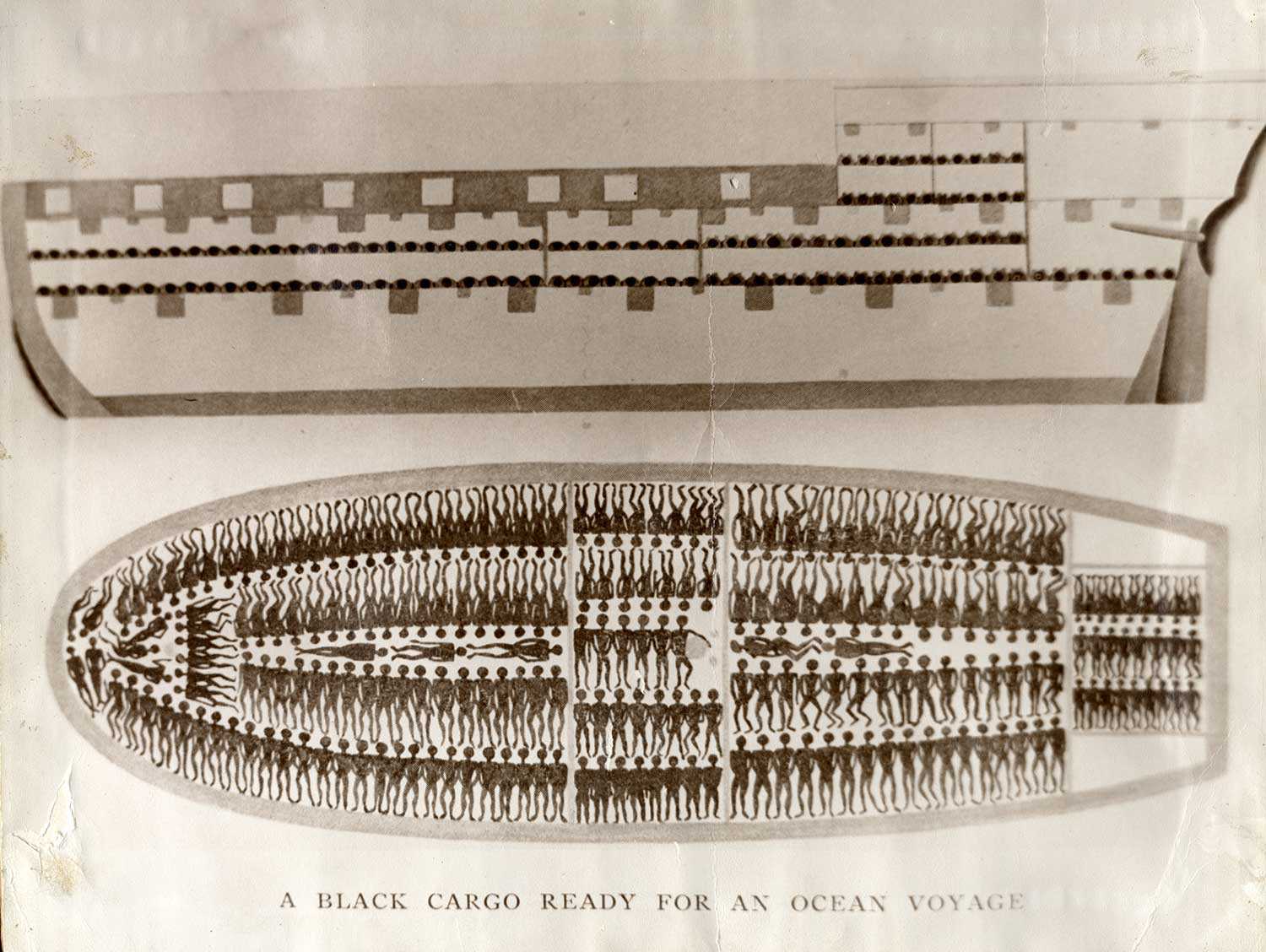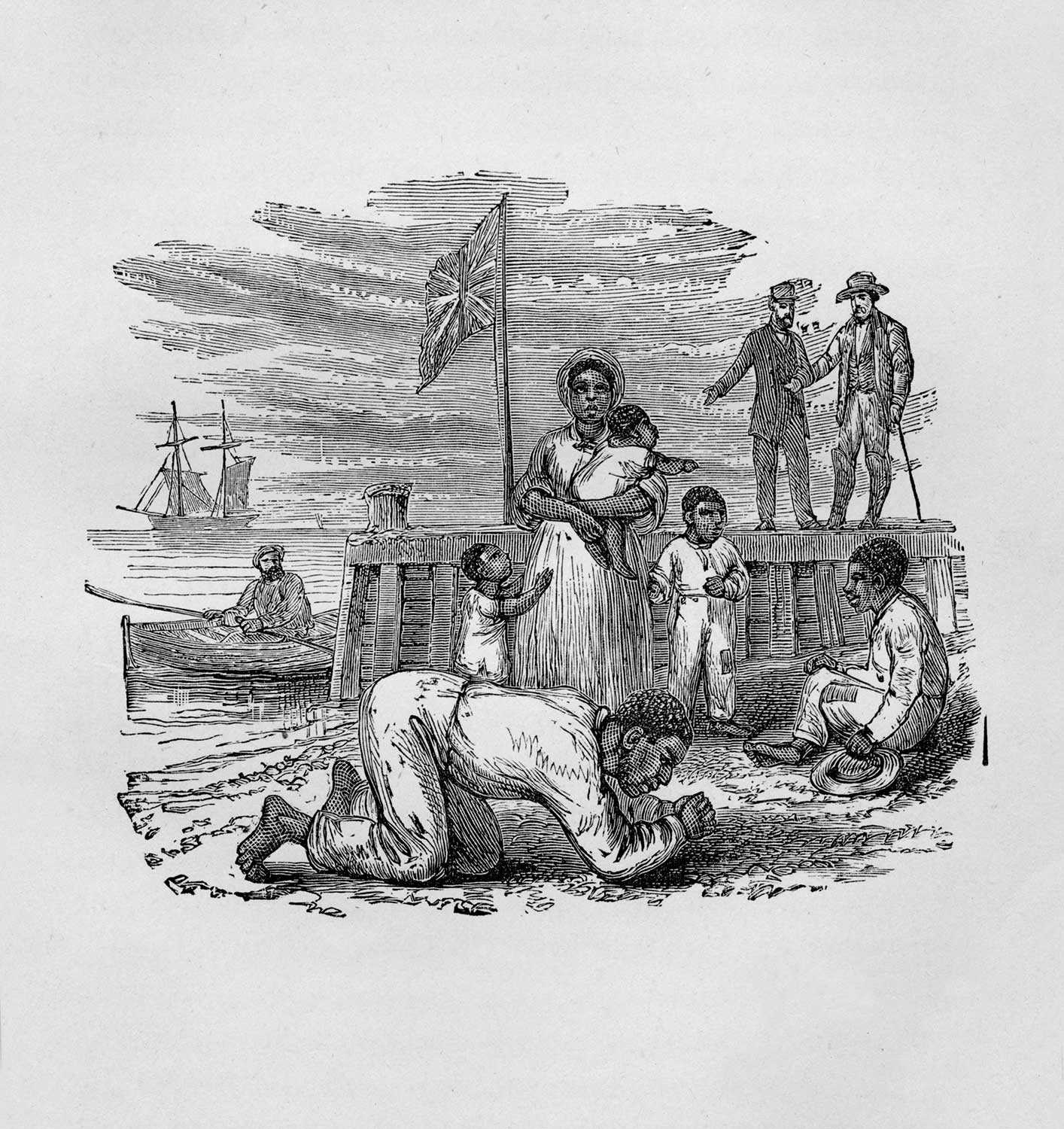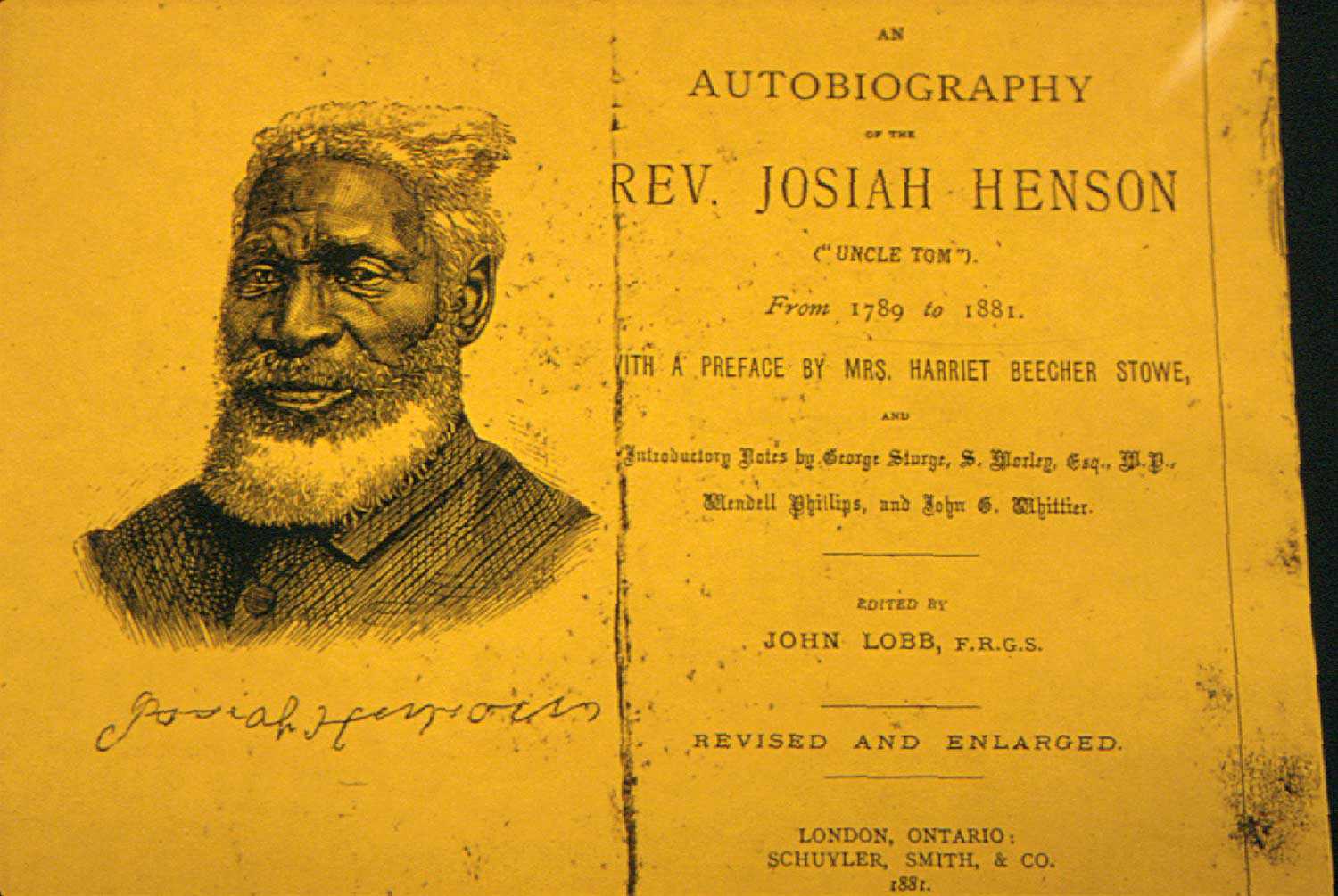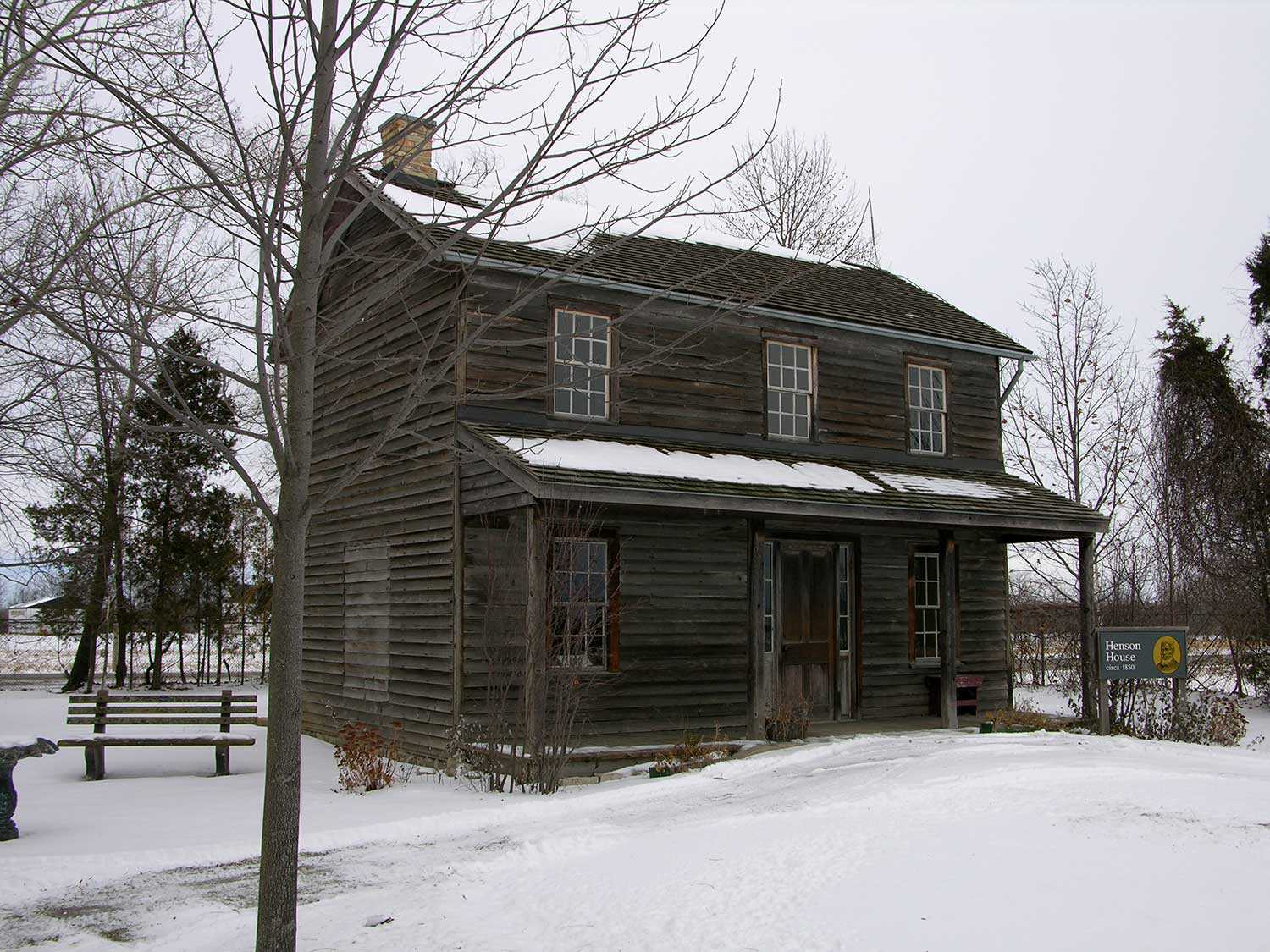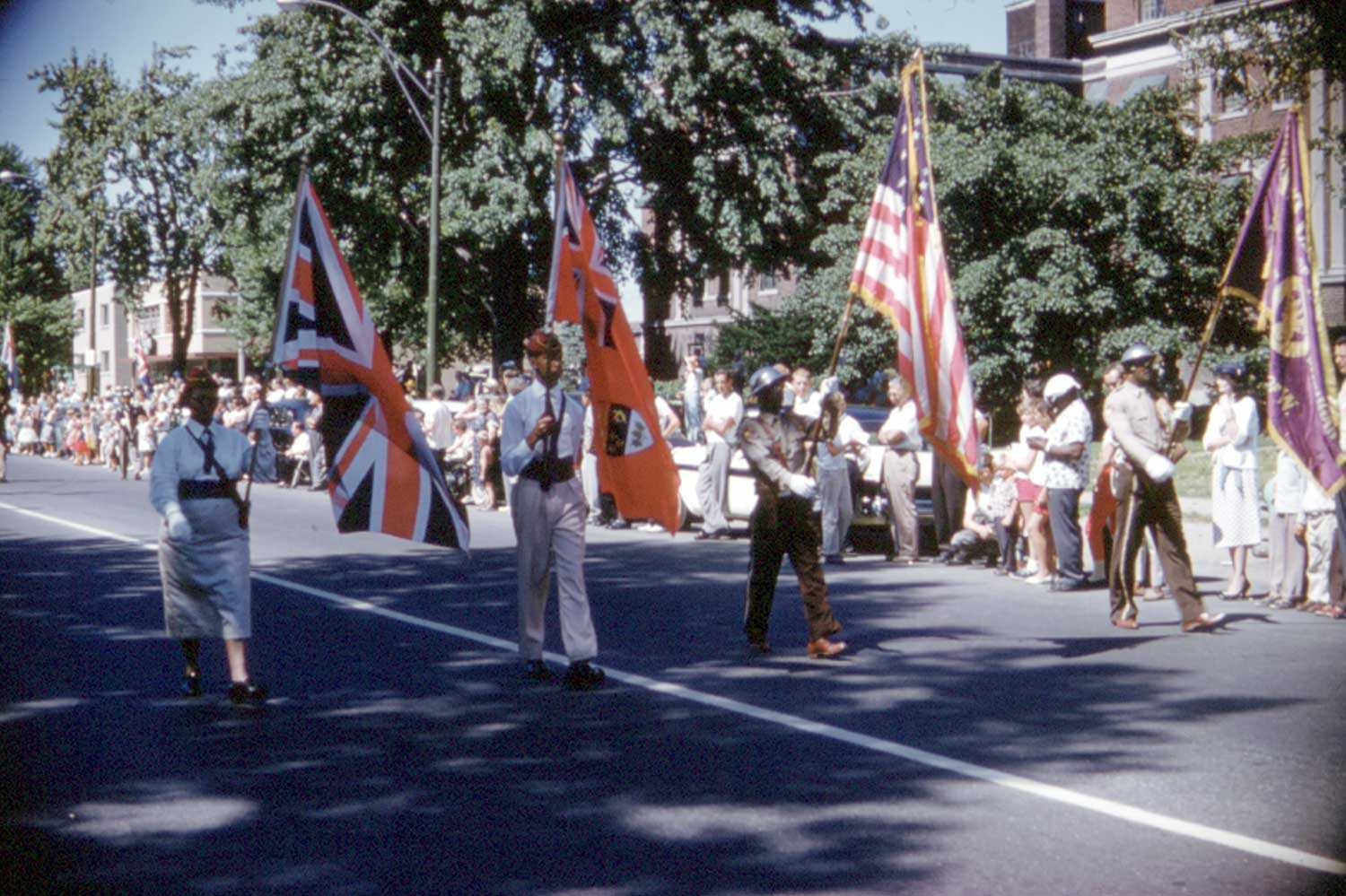

Browse by category
- Adaptive reuse
- Archaeology
- Arts and creativity
- Black heritage
- Buildings and architecture
- Communication
- Community
- Cultural landscapes
- Cultural objects
- Design
- Economics of heritage
- Environment
- Expanding the narrative
- Food
- Francophone heritage
- Indigenous heritage
- Intangible heritage
- Medical heritage
- Military heritage
- MyOntario
- Natural heritage
- Sport heritage
- Tools for conservation
- Women's heritage
Setting the record straight – Updating four Black history plaques
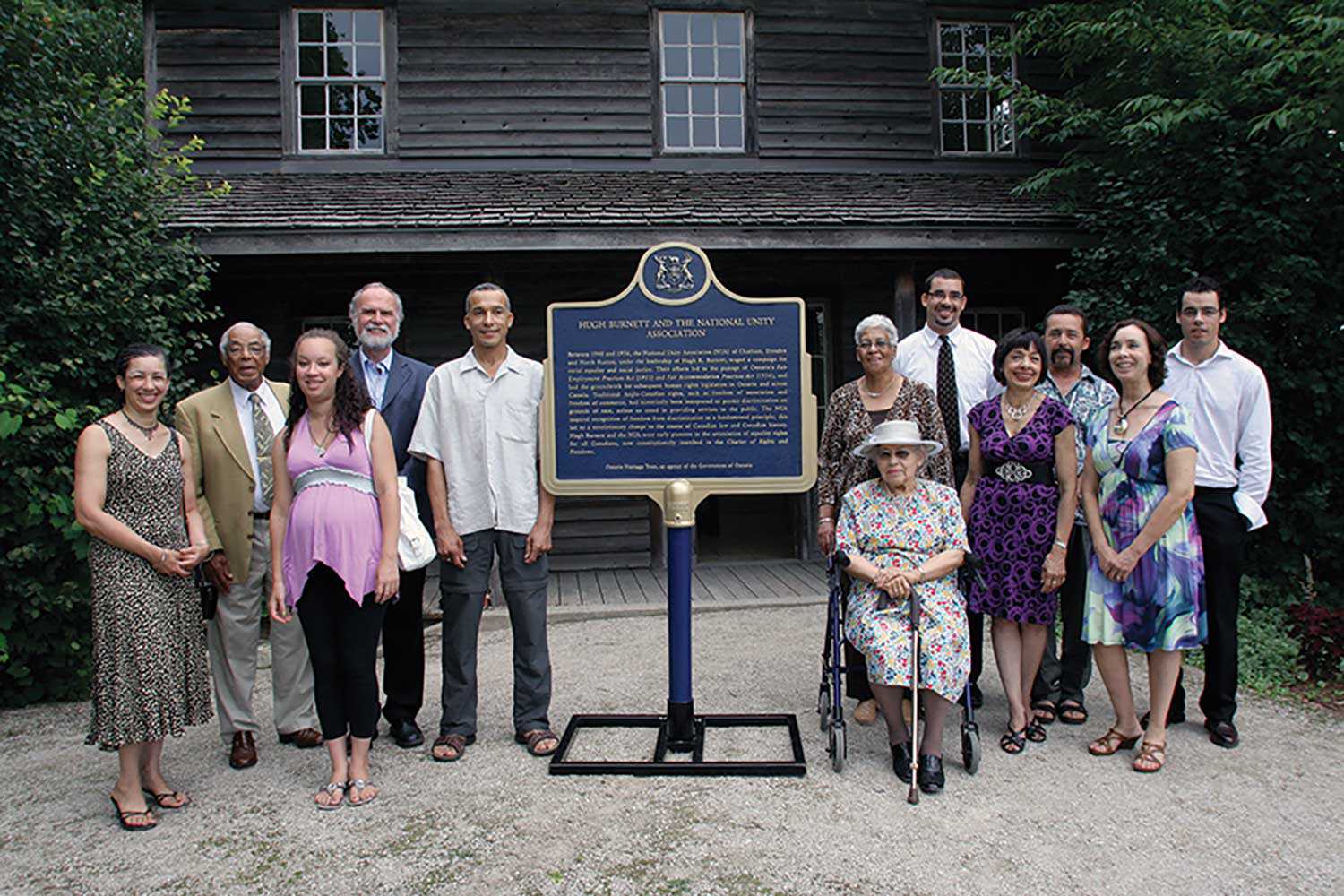

"The plaques serve as landmarks, protect place, educate and raise awareness, share stories and spark interest – and are represented in every region of the province. But the program – now in operation for seven decades – has flaws, and our understanding of Ontario’s heritage has broadened through new research, including the evolution of terminology and the sharing and valuing of new perspectives."
I’d like to tell you about Solomon Moseby. In 1837, Moseby fled to Niagara to escape slavery in Kentucky. When his extradition back to the United States was approved, members of the Niagara community mobilized to protest his return to slavery and to protect Black rights in Canada. They successfully obstructed his removal while he escaped. It is a complex and compelling story that helped to establish Canadian extradition and refugee policies, which are still used today. Moseby’s story was hidden in a plaque commemorating the Niagara Courthouse, which no longer stands. We had already decided that the plaque needed to be revisited and replaced and, in reviewing the research and considering the text, we decided that the courthouse itself was not the focus of the story. The real story is about Solomon Moseby.
This is one of four provincial plaques commemorating Black history in Ontario to be unveiled on April 28, 2022 to replace plaques that we determined needed new research and new perspectives, and a hard look at terminology. We engaged historians Natasha Henry and Adrienne Shadd to produce new research on these subjects and work with us to create new plaque texts for The Buxton Settlement, The Wilberforce Settlement, The Niagara Baptist Church Burial Ground as well as The Solomon Moseby Affair 1837. All are important stories for which you can find the background papers and the new plaque texts here.
We also removed a provincial plaque commemorating Matthew Elliot, and it will not be replaced. Colonel Matthew Elliot had been commemorated in 1959 for his service with the British forces during the American Revolution and his work with the Indian Department. Current historiography indicates that Elliott was a strong supporter of the slave trade, abused his authority in the Indian Department, and was not of provincial significance. We would not commemorate him today.
Over the last 15 years, the Trust has focused its attention on adding plaques that address themes that were not well represented in the Provincial Plaque Program: Indigenous history, Black history, Asian and South Asian subjects, women’s history, Franco-Ontarian stories and the fight for human rights. This work provides significant historical information about overlooked individuals and communities of our past. You can read about those plaques here.
Staying with the discussion of Black history, we’ve created new plaques that commemorate significant individuals and communities whose stories had not been shared. These include the Queen’s Bush, Banwell Road and Puce River settlements, the stories of Chloe Cooley and Dr. Anderson Ruffin Abbott, the remarkable work of Mary Ann Shadd and the Provincial Freeman newspaper, and Hugh Burnett and the National Unity Association, and more. You’ll find a list on our website, as well as the historical background papers for each.
The Provincial Plaque Program plays a significant role. The plaques serve as landmarks, protect place, educate and raise awareness, share stories and spark interest – and are represented in every region of the province. But the program – now in operation for seven decades – has flaws, and our understanding of Ontario’s heritage has broadened through new research, including the evolution of terminology and the sharing and valuing of new perspectives. Some of the plaques use archaic, inappropriate and inaccessible language and provide exclusionary or inaccurate information. In 2018, the Trust reviewed the provincial plaques that you see around the province – the blue and gold ones – more than 1,200 of them – to determine which ones might need to be revisited or removed.
There is much work ahead. We have examined our properties and collections with a similar critical eye, and we have the opportunity – indeed, the responsibility – to tell Ontario’s stories in ways that are equitable and honest.

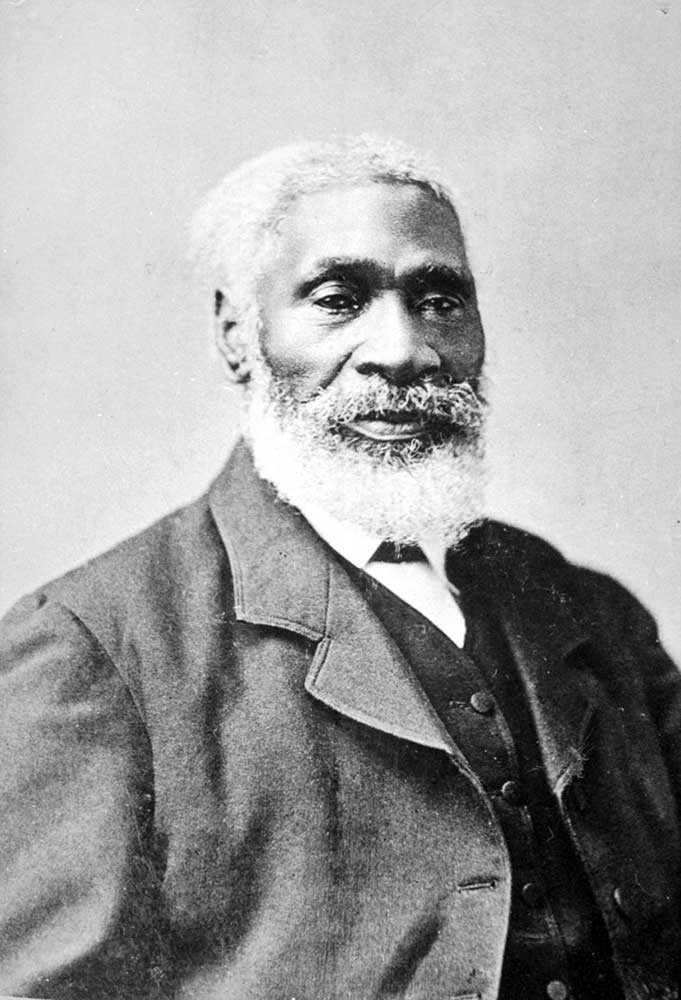
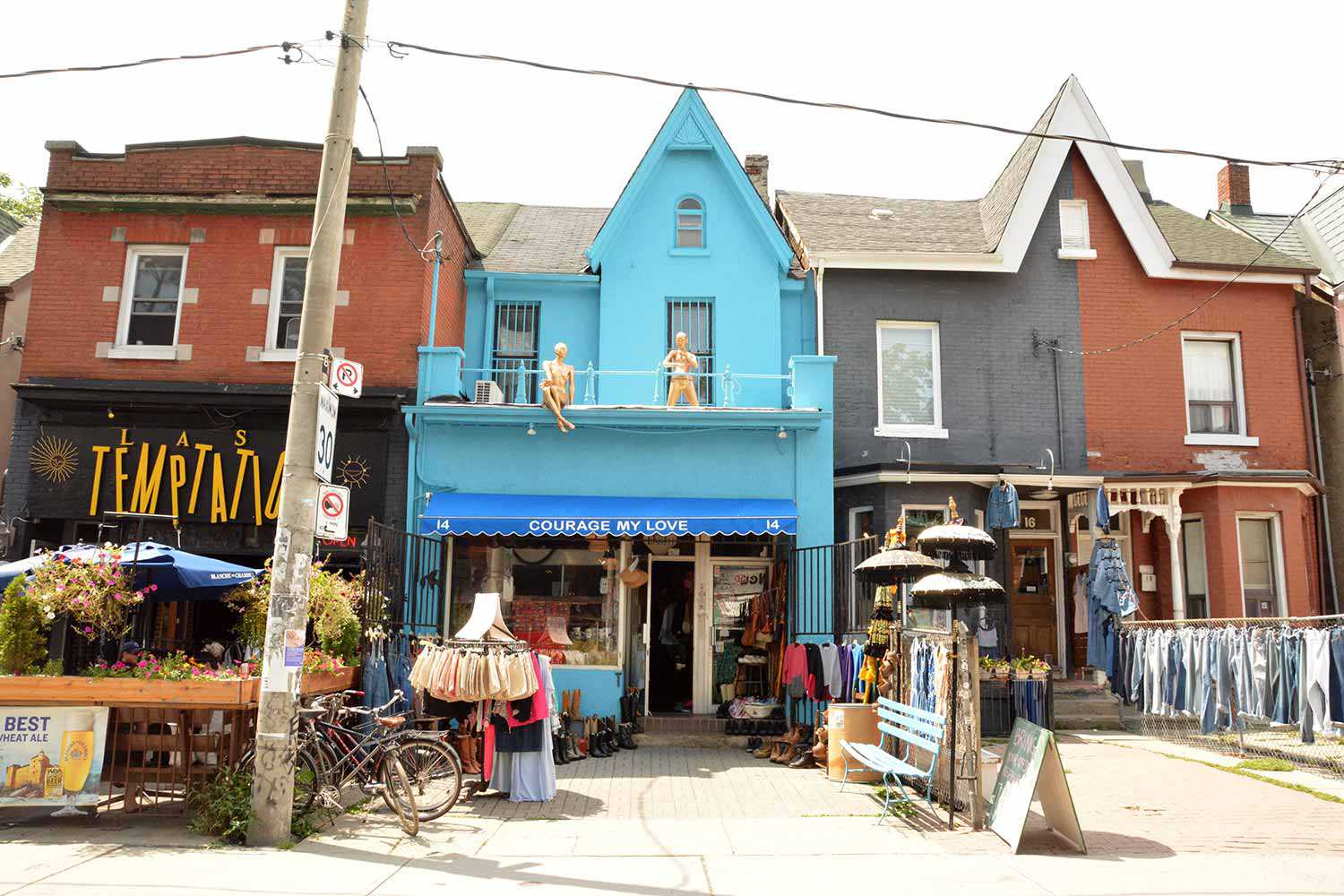
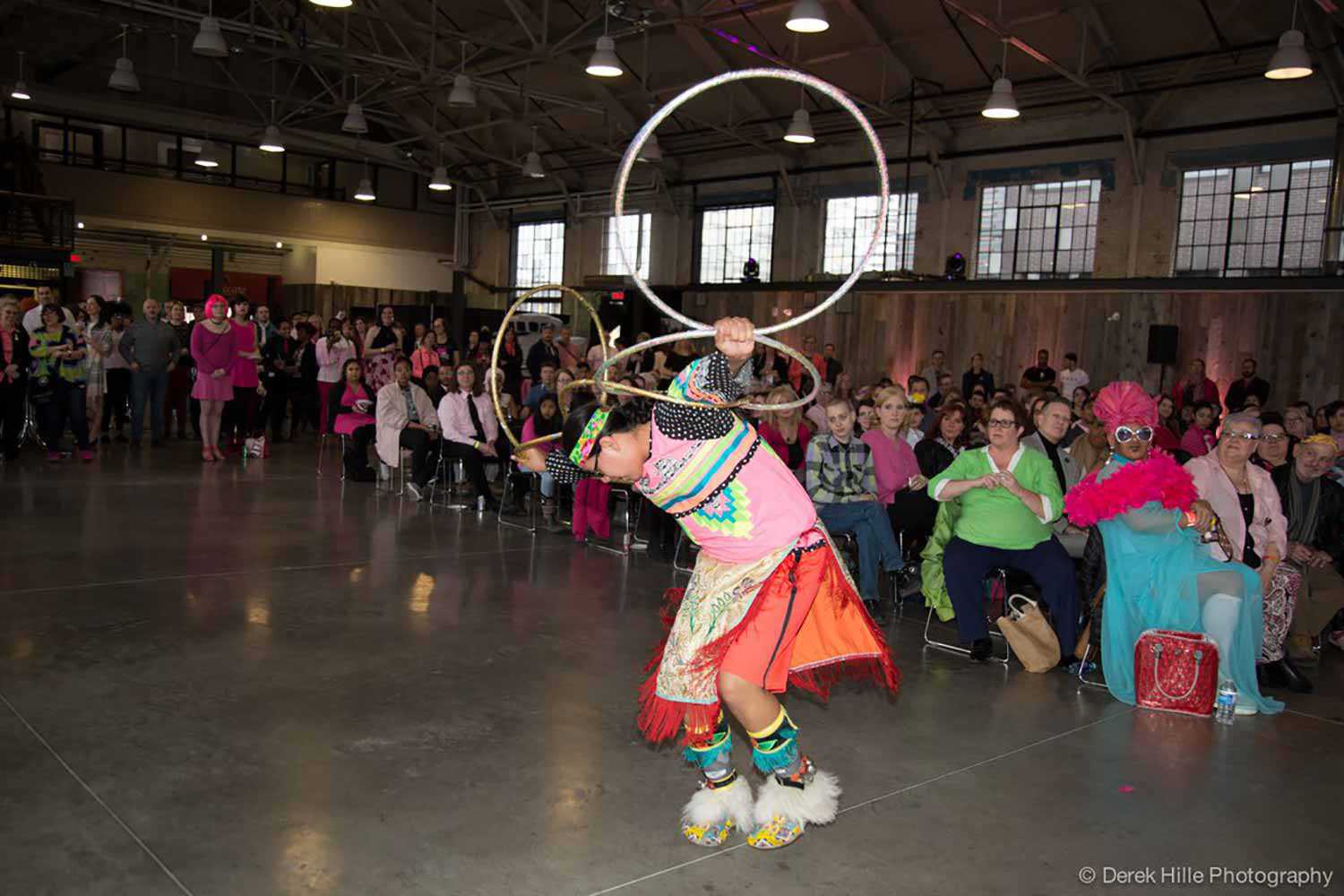
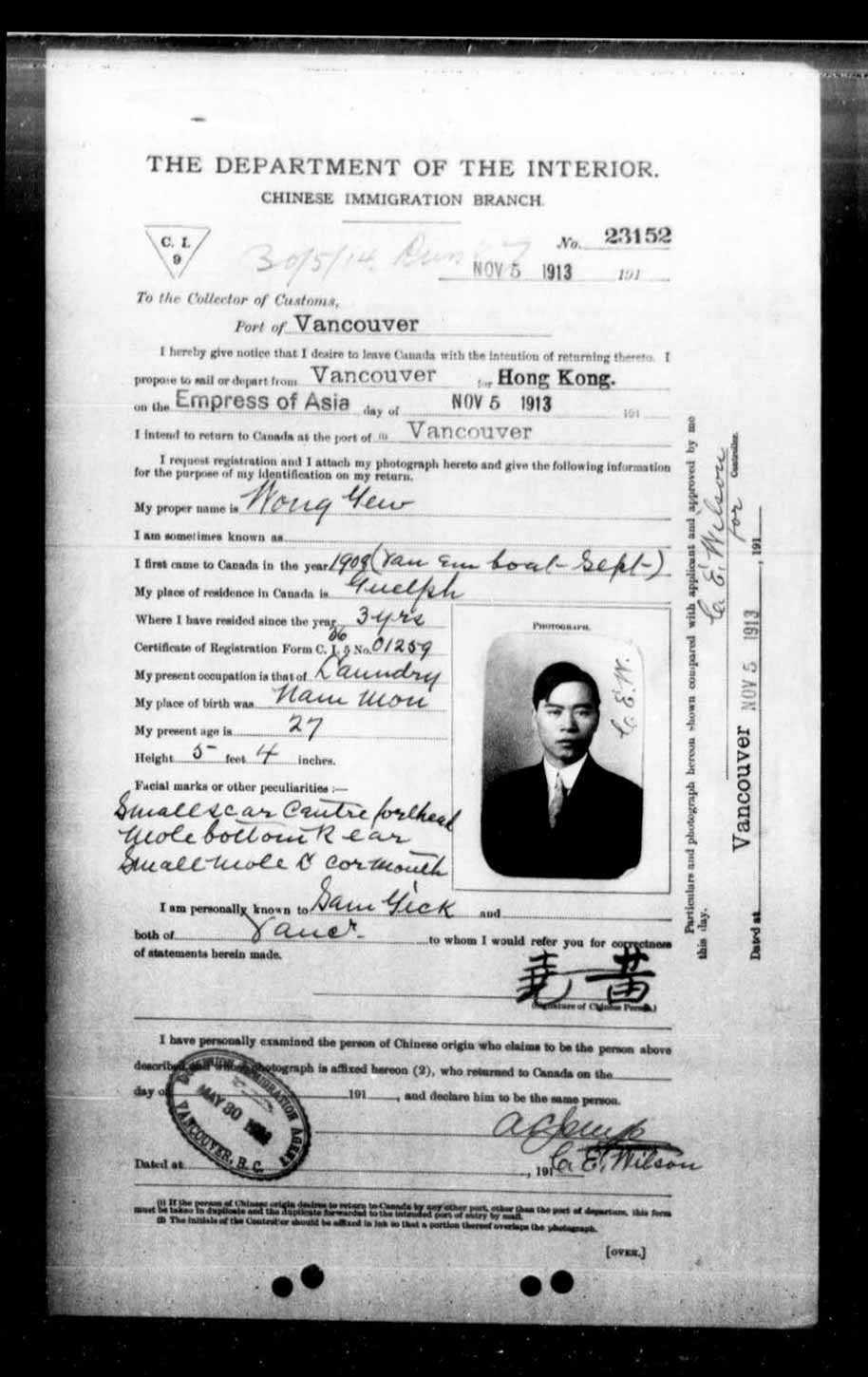
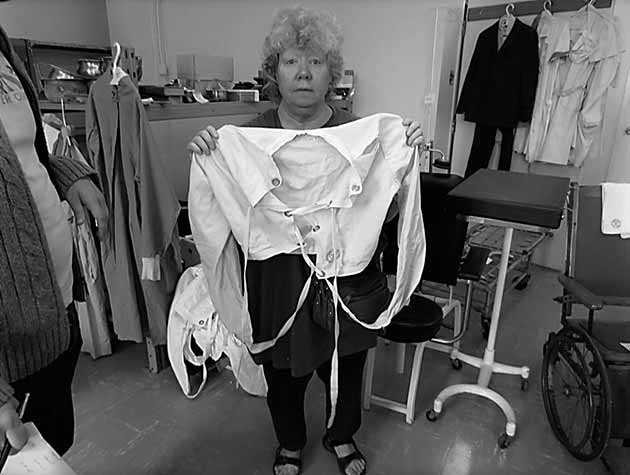
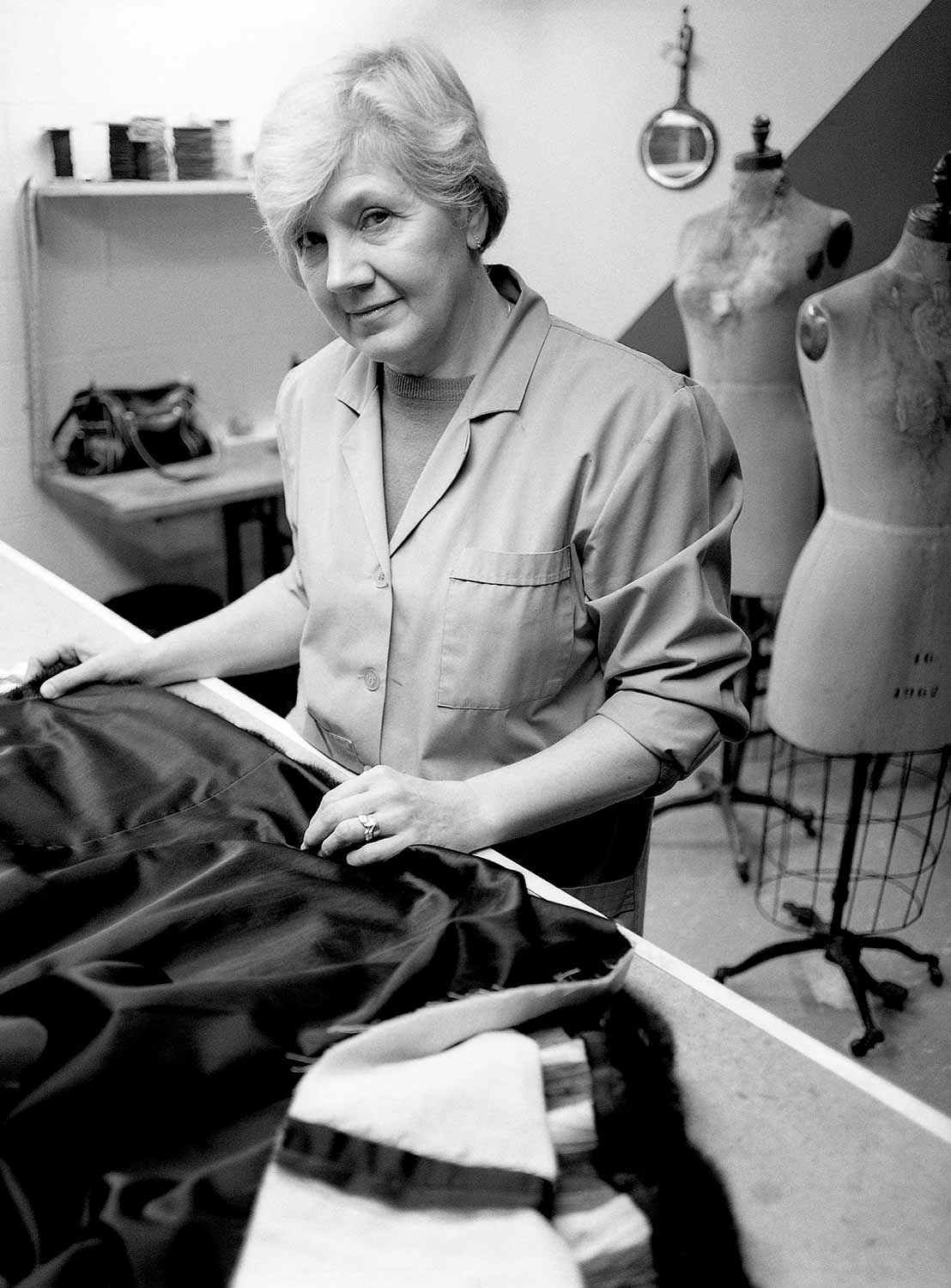
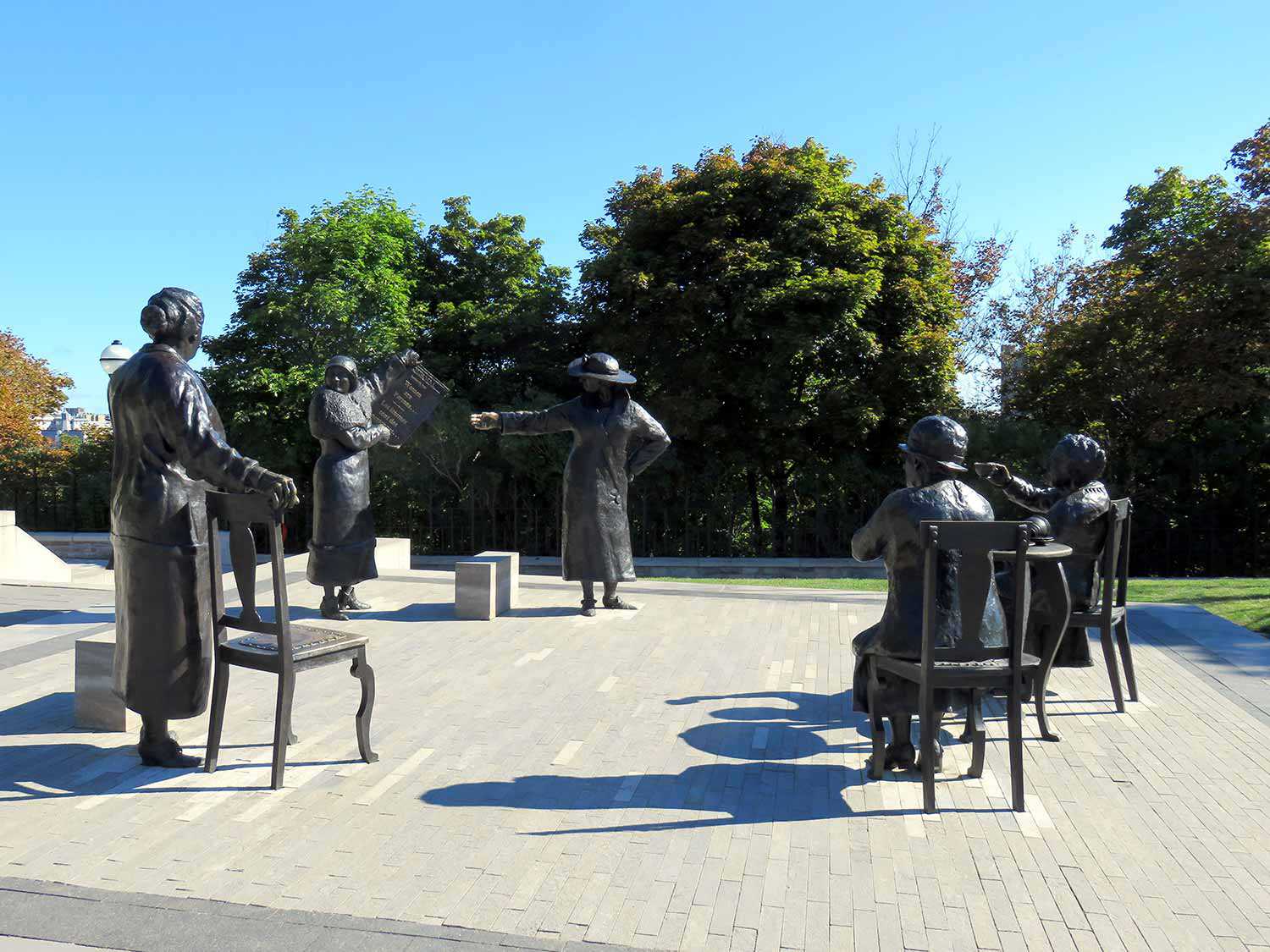

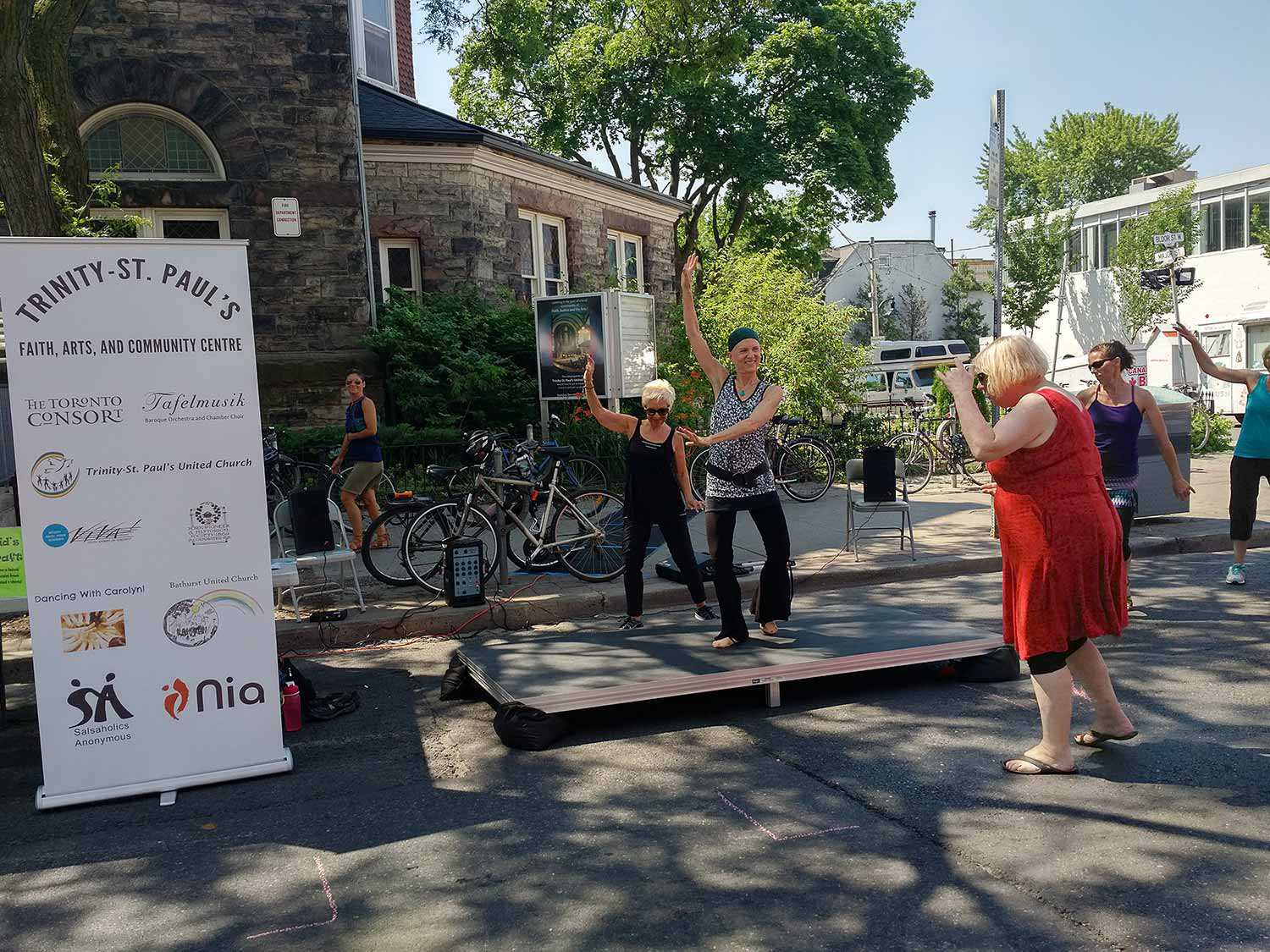

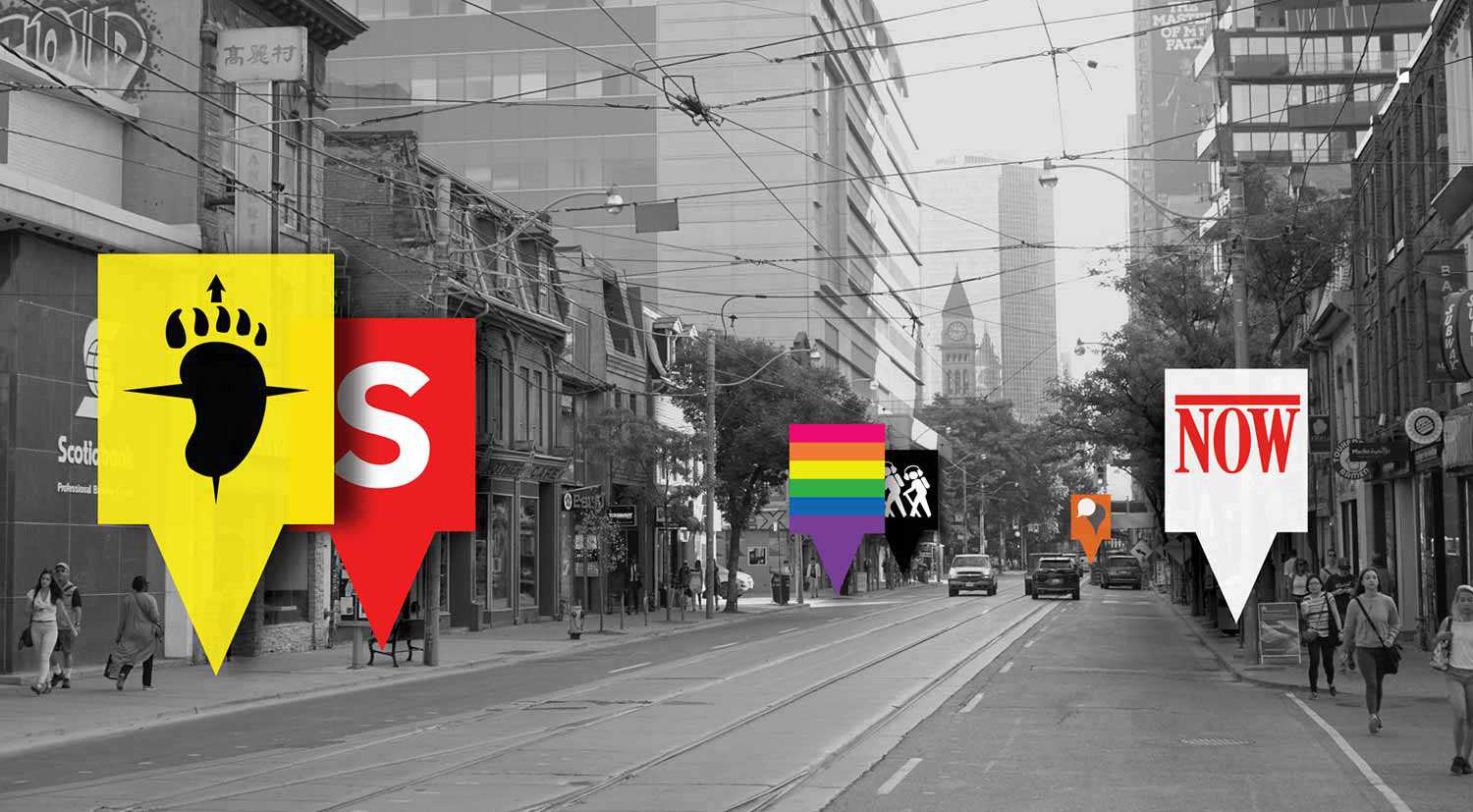
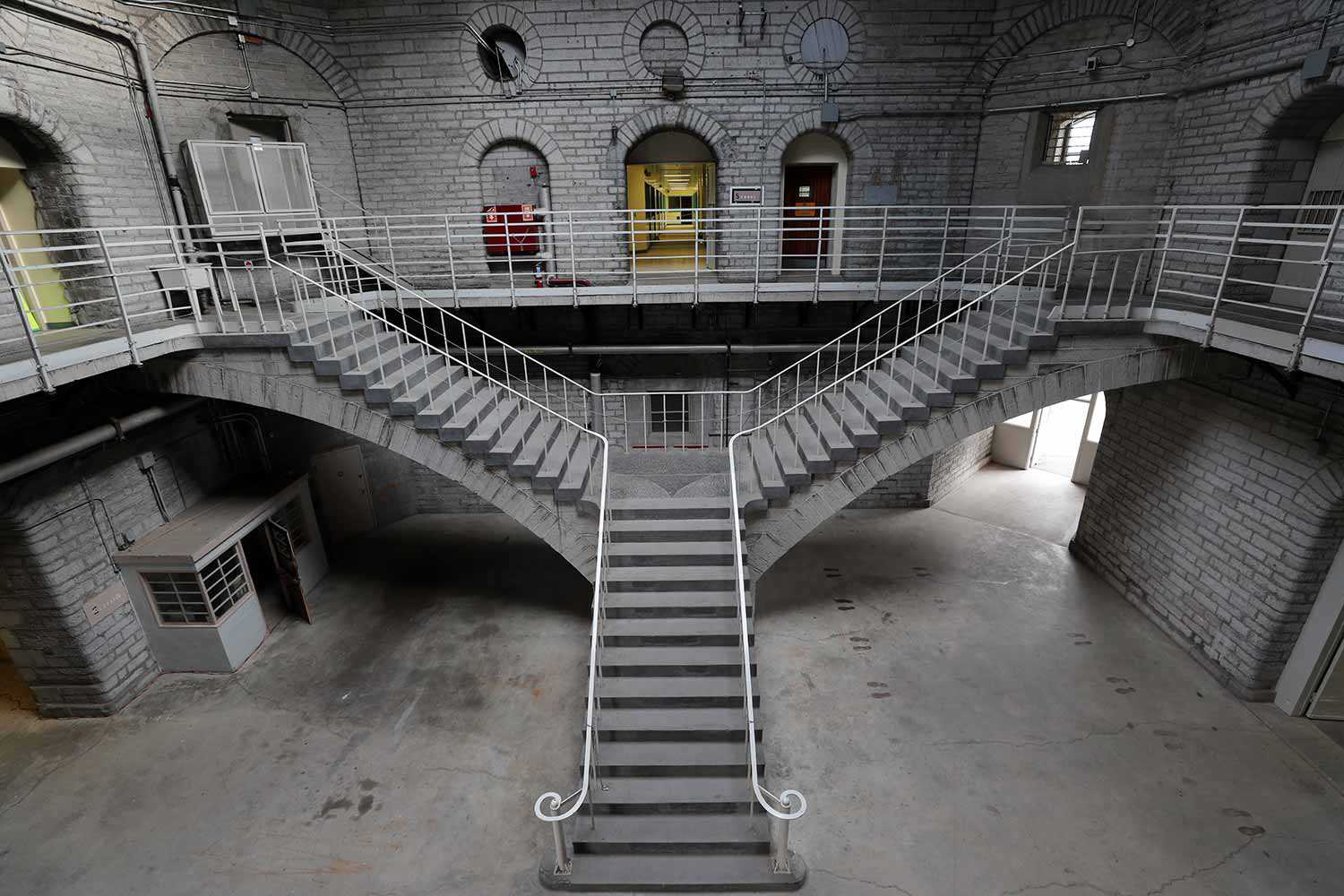
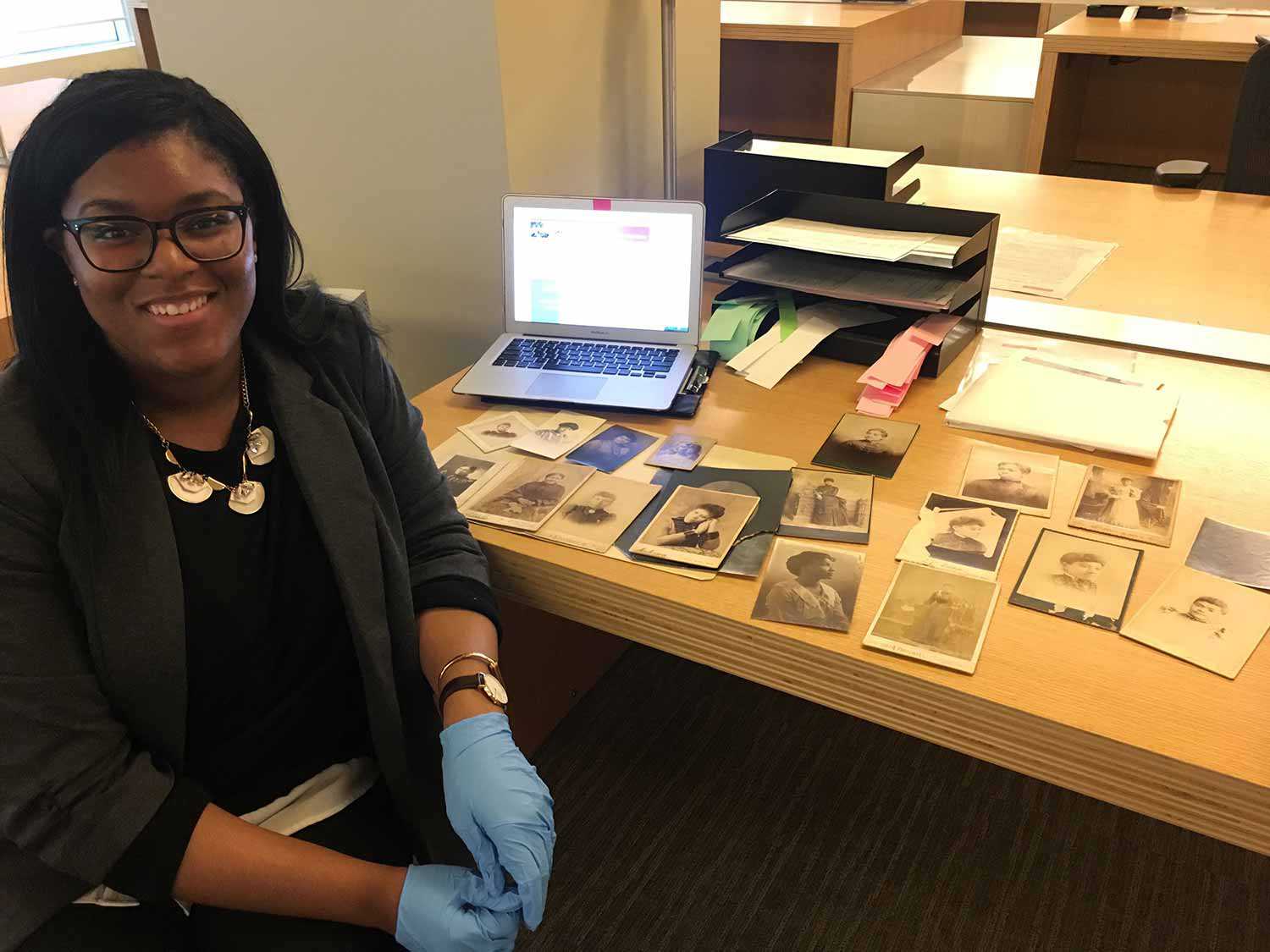


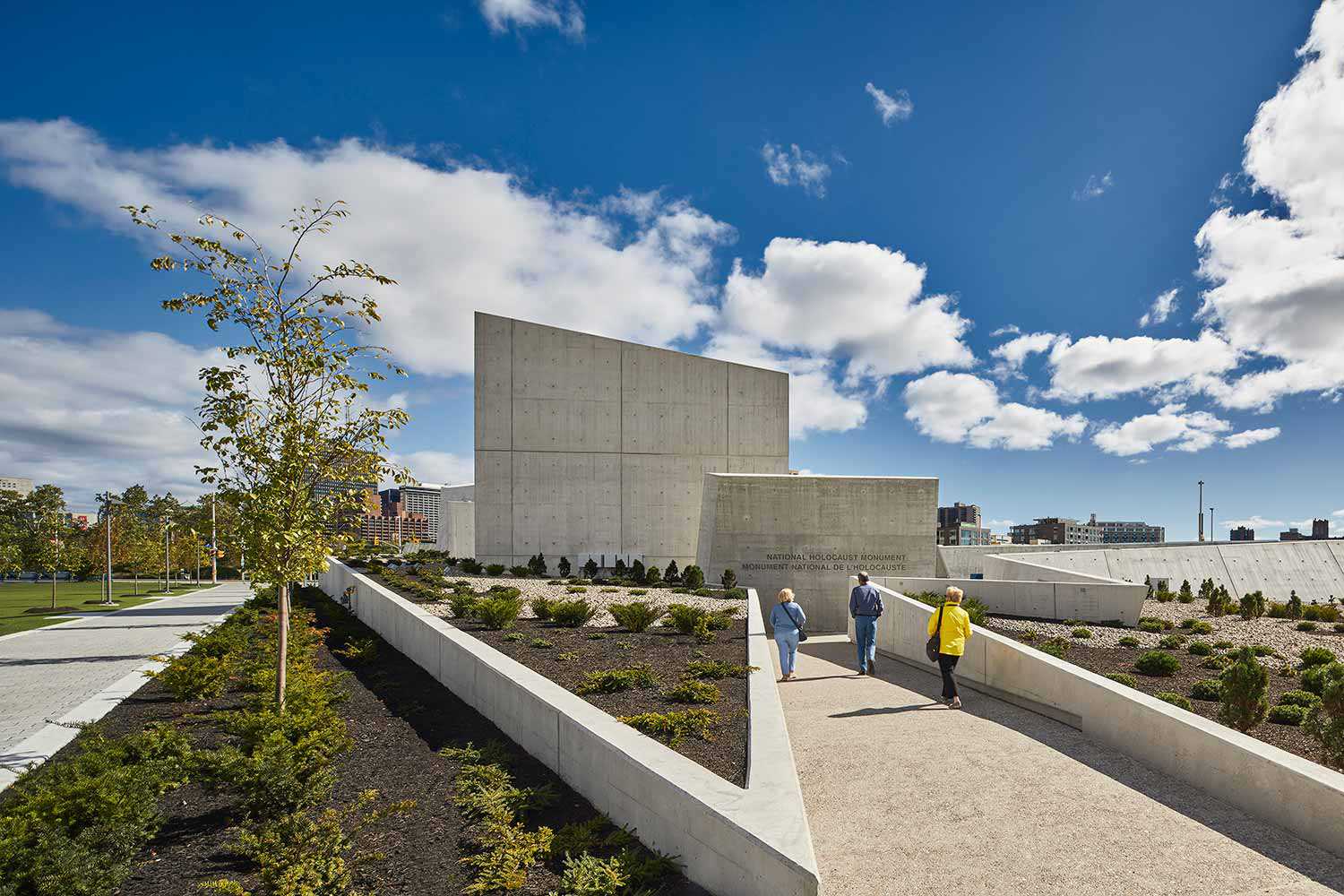
![F 2076-16-3-2/Unidentified woman and her son, [ca. 1900], Alvin D. McCurdy fonds, Archives of Ontario, I0027790.](https://www.heritage-matters.ca/uploads/Articles/27790_boy_and_woman_520-web.jpg)
